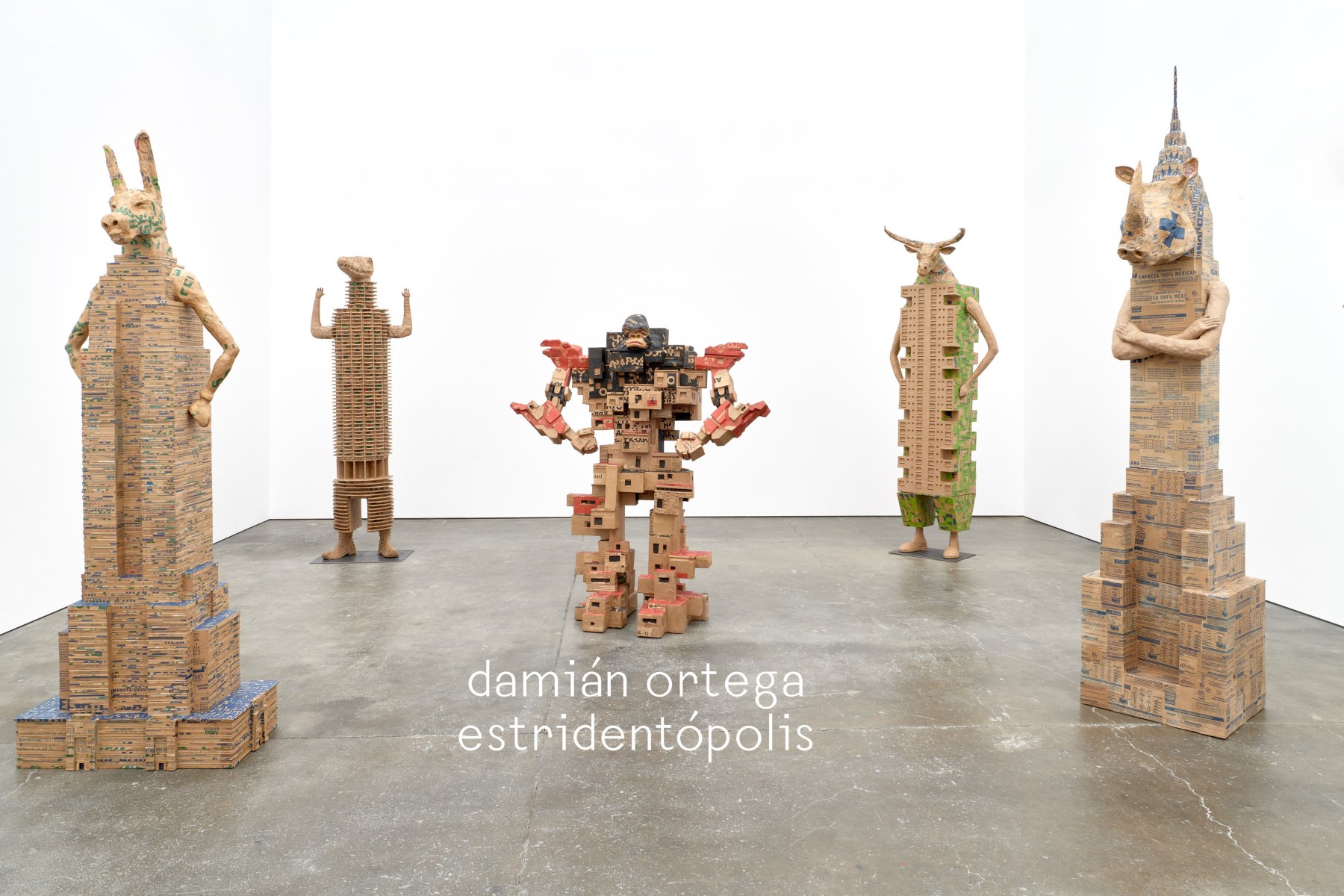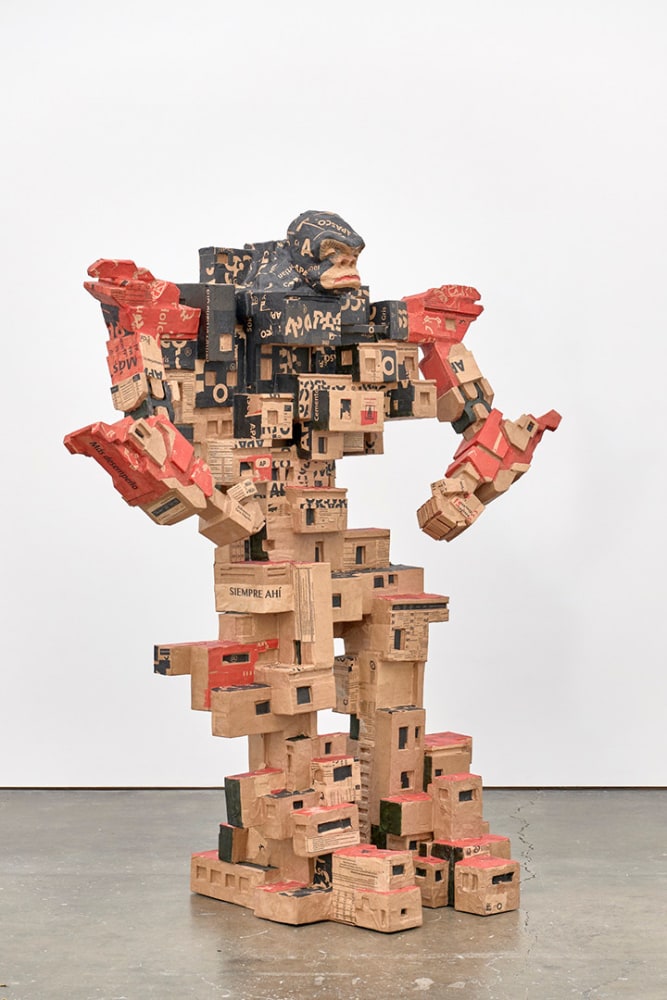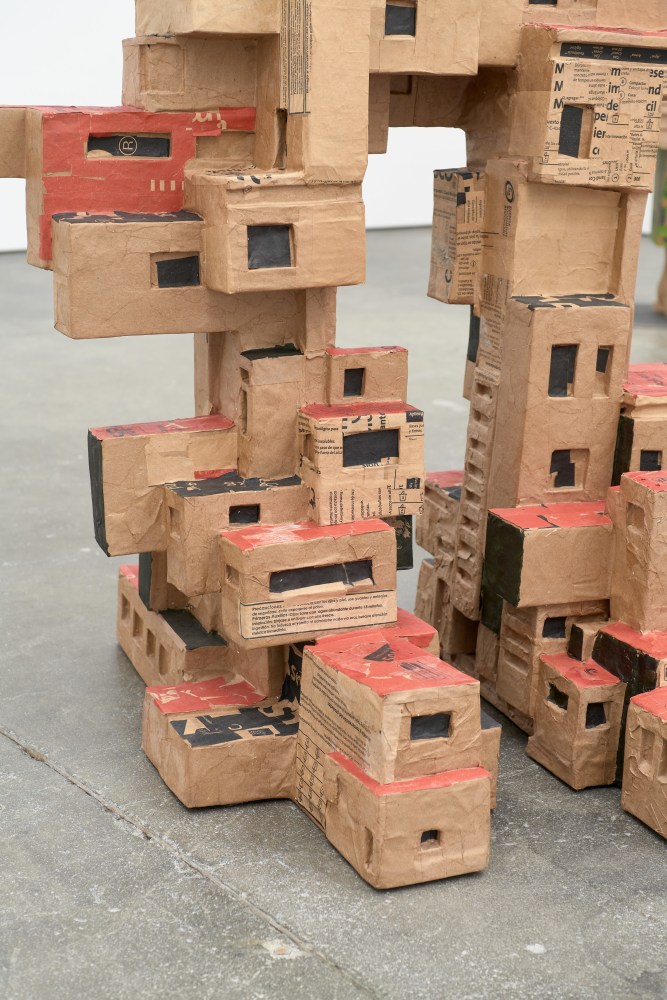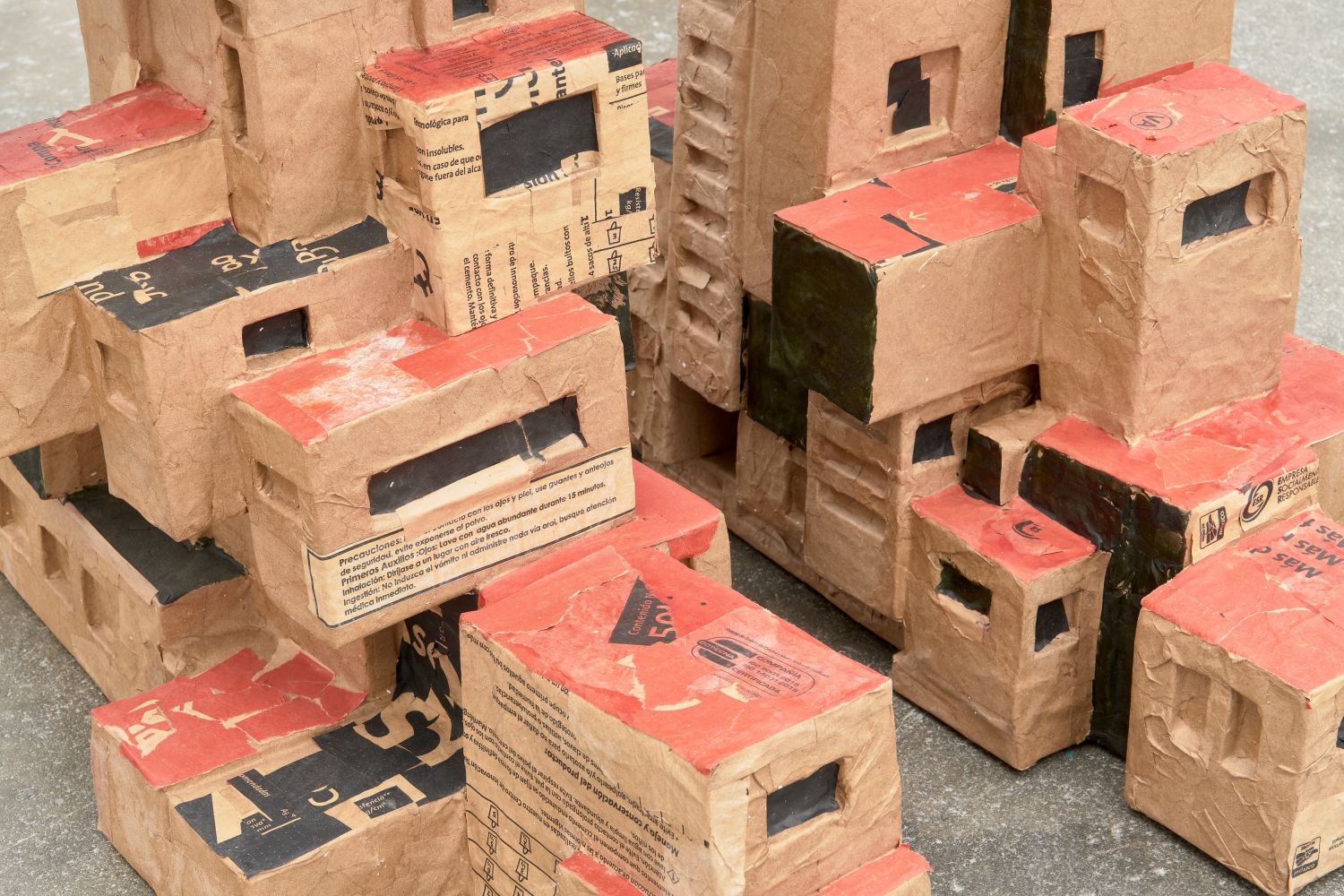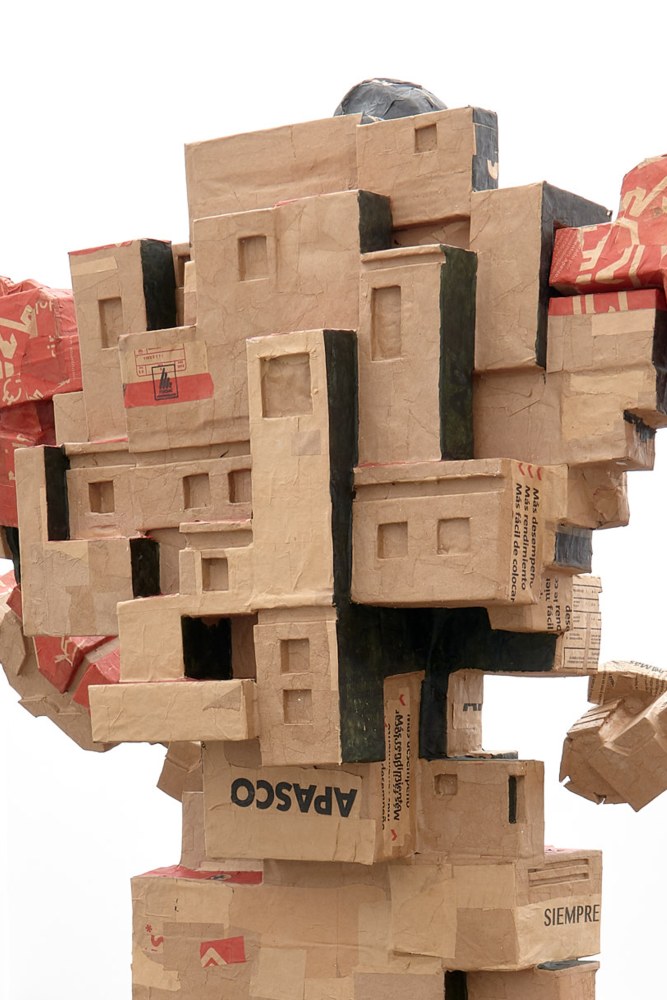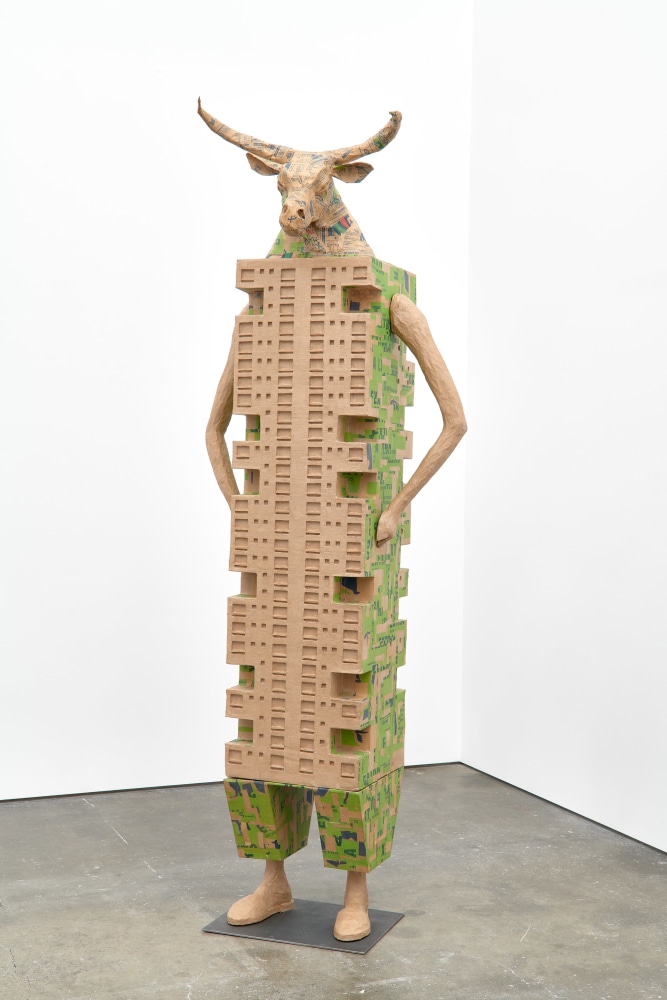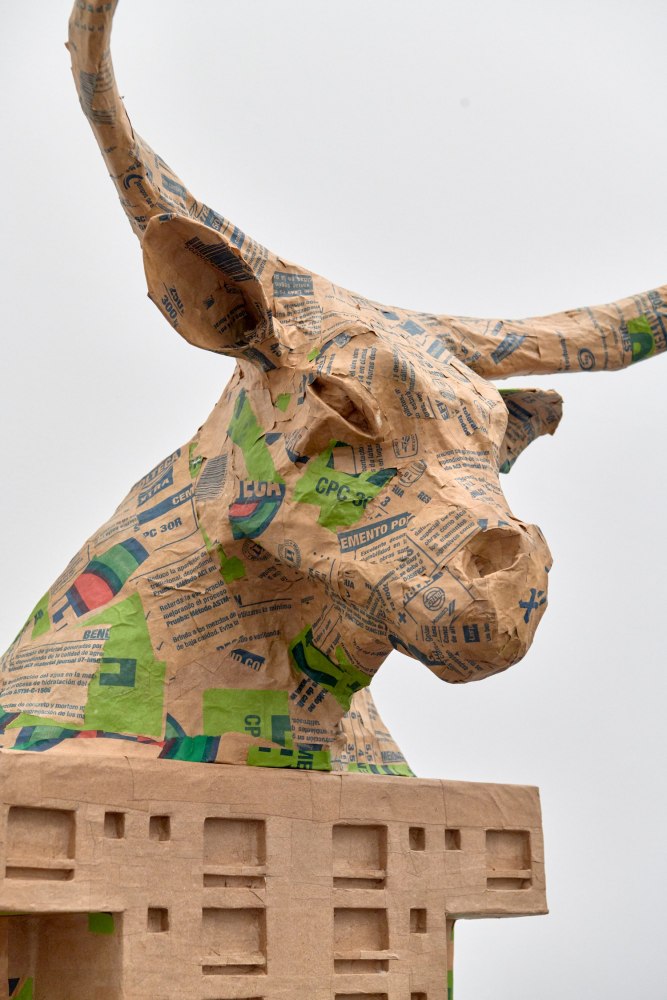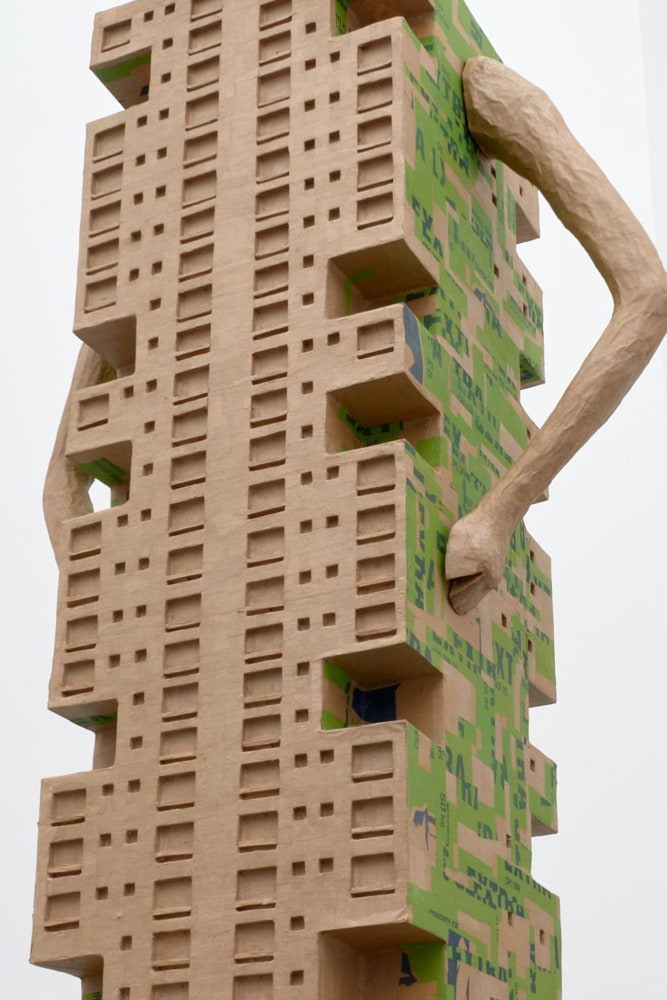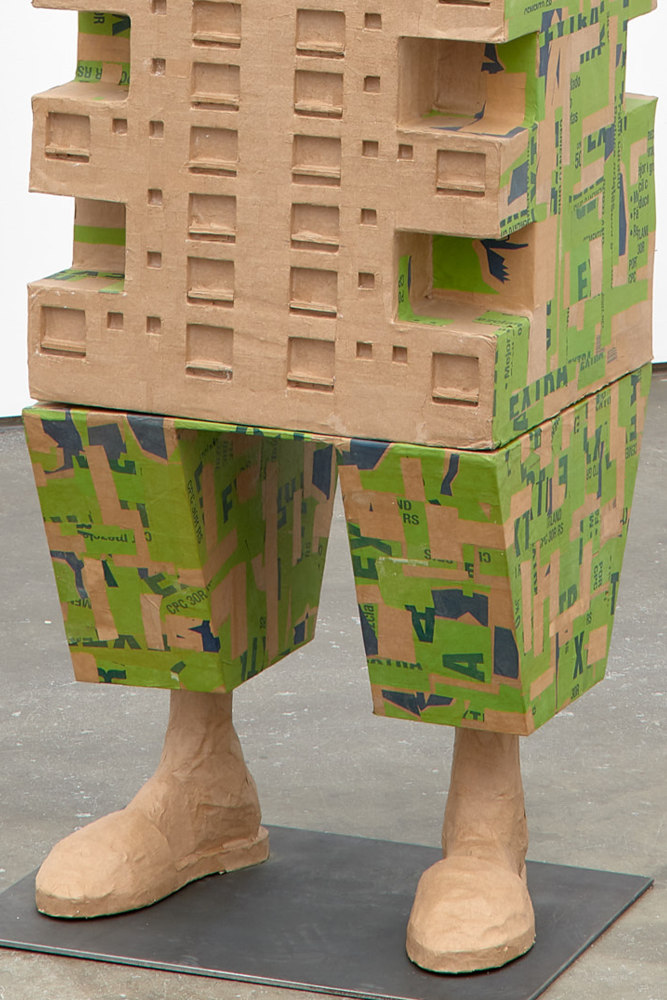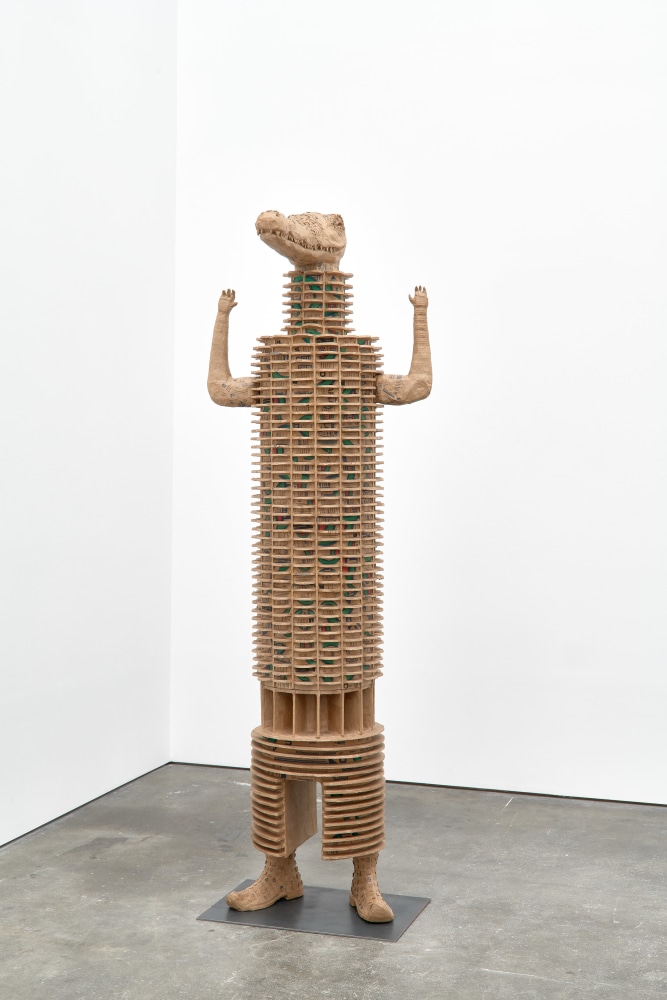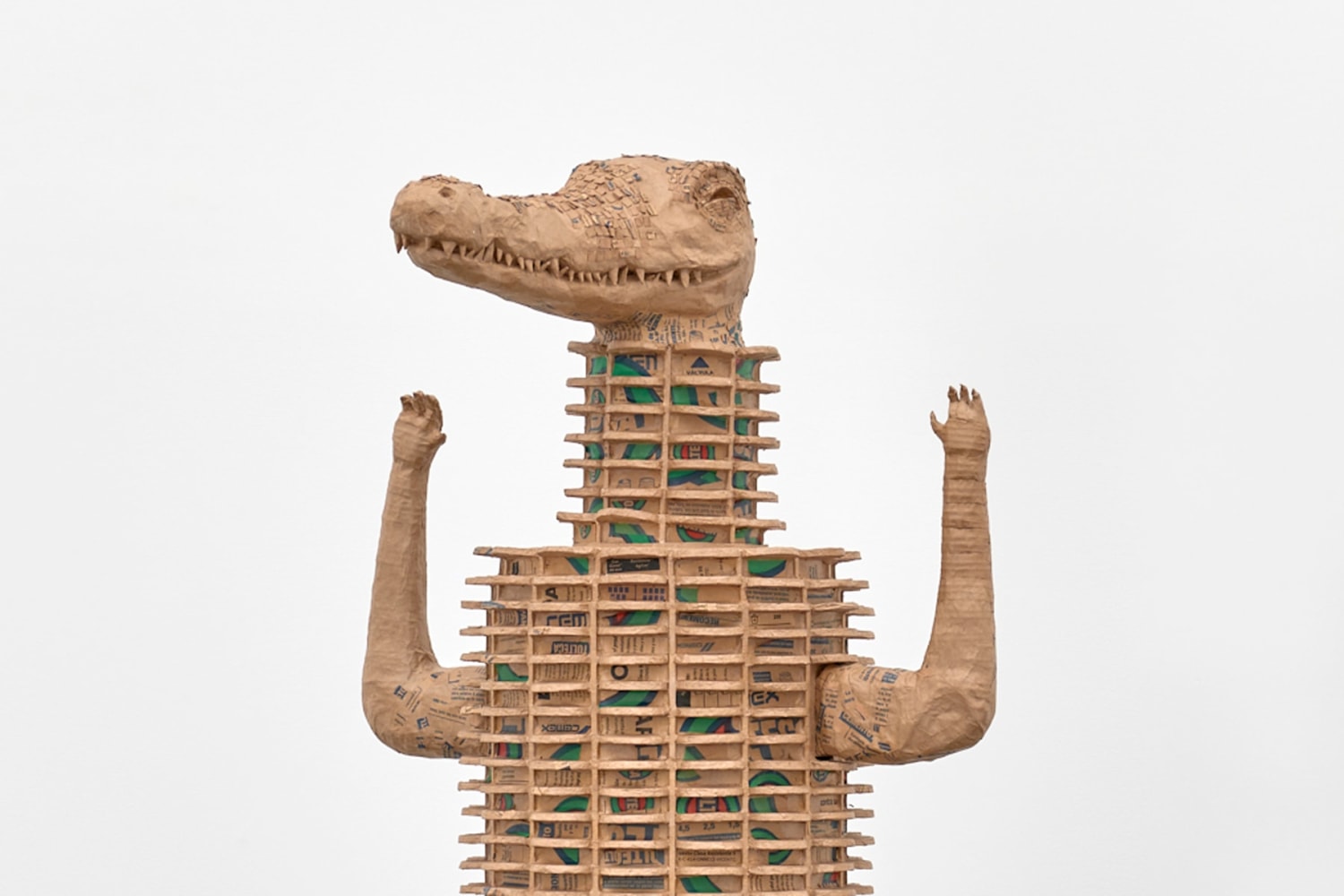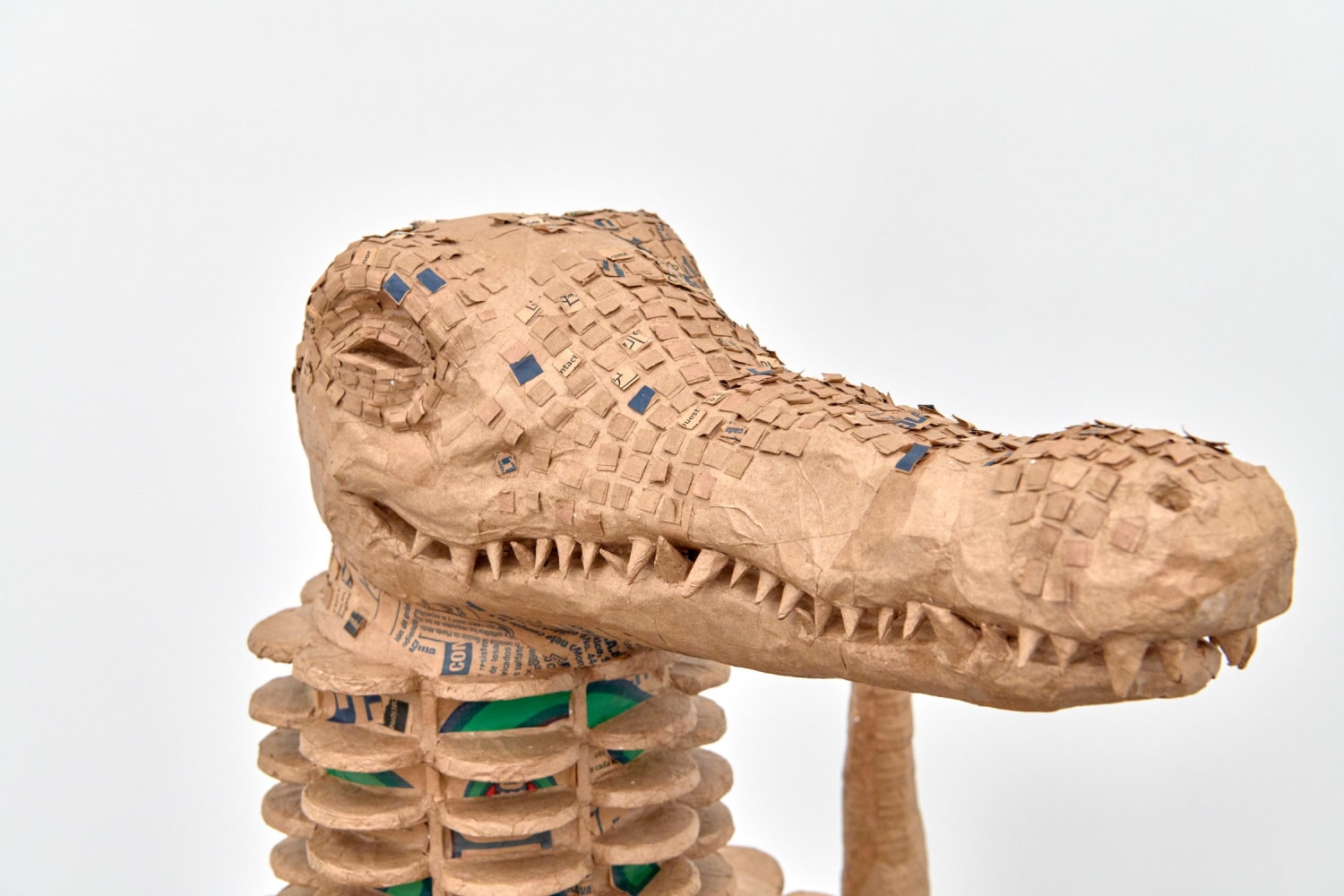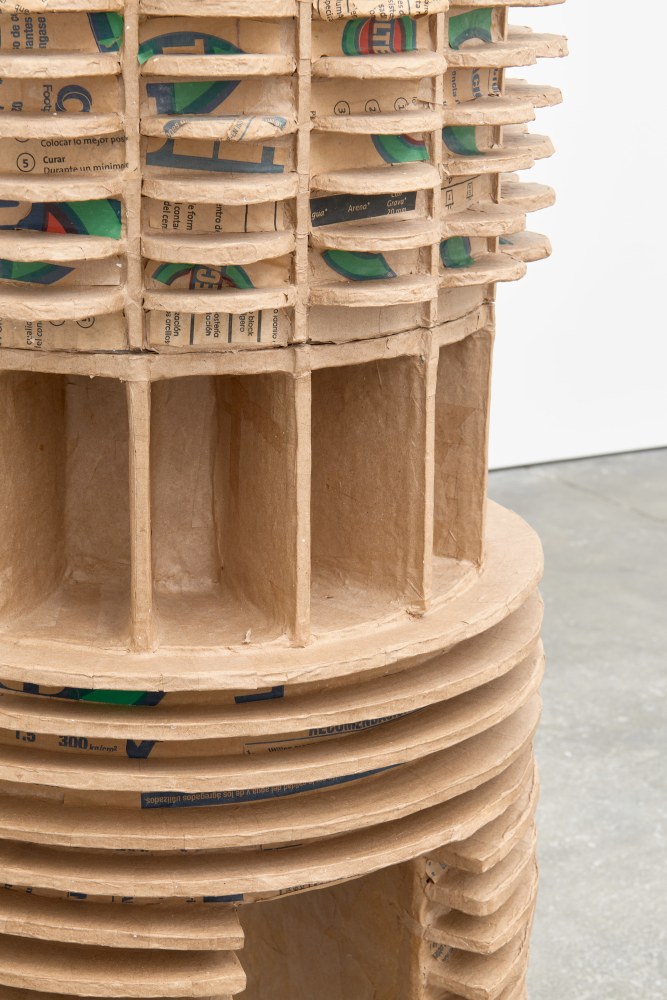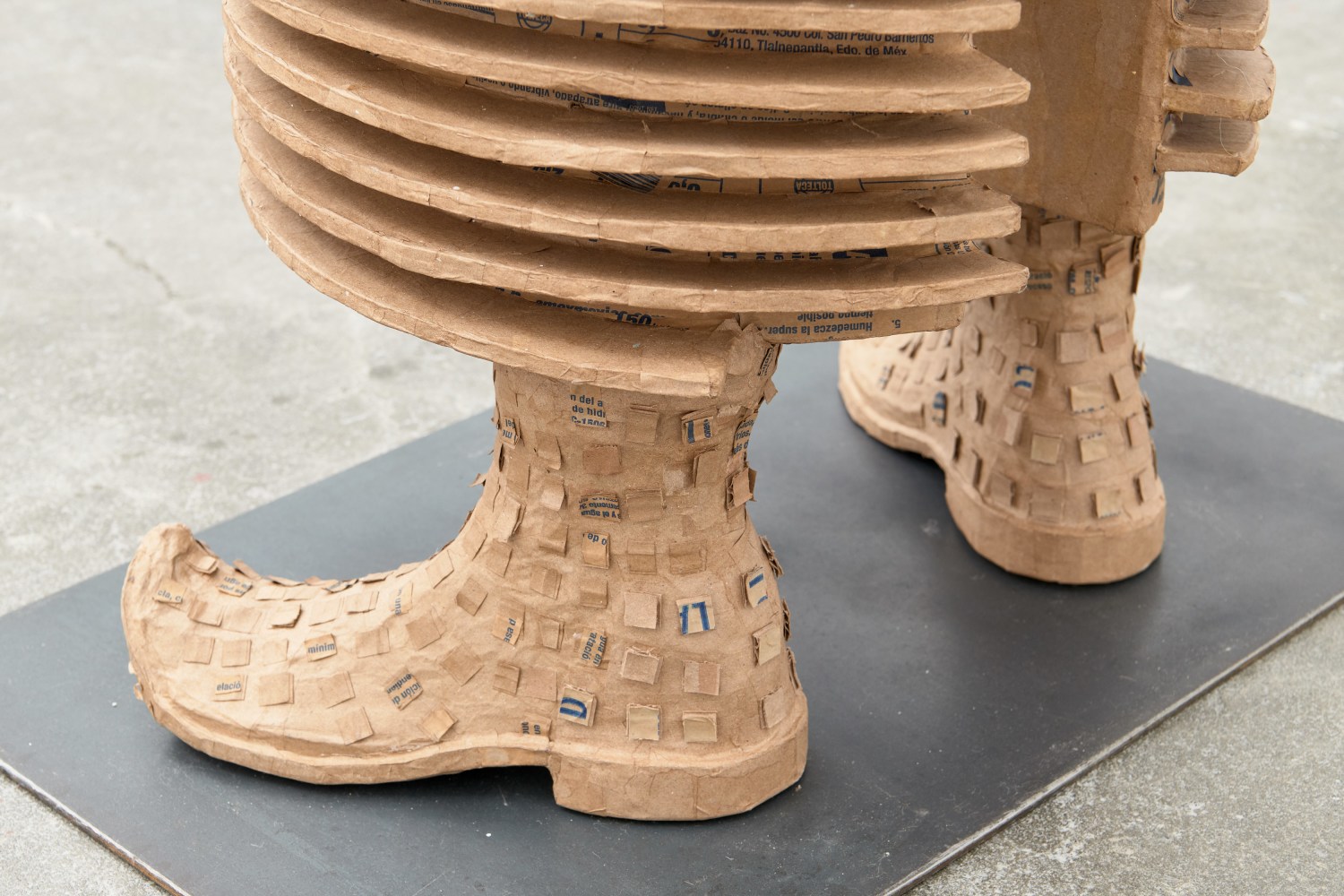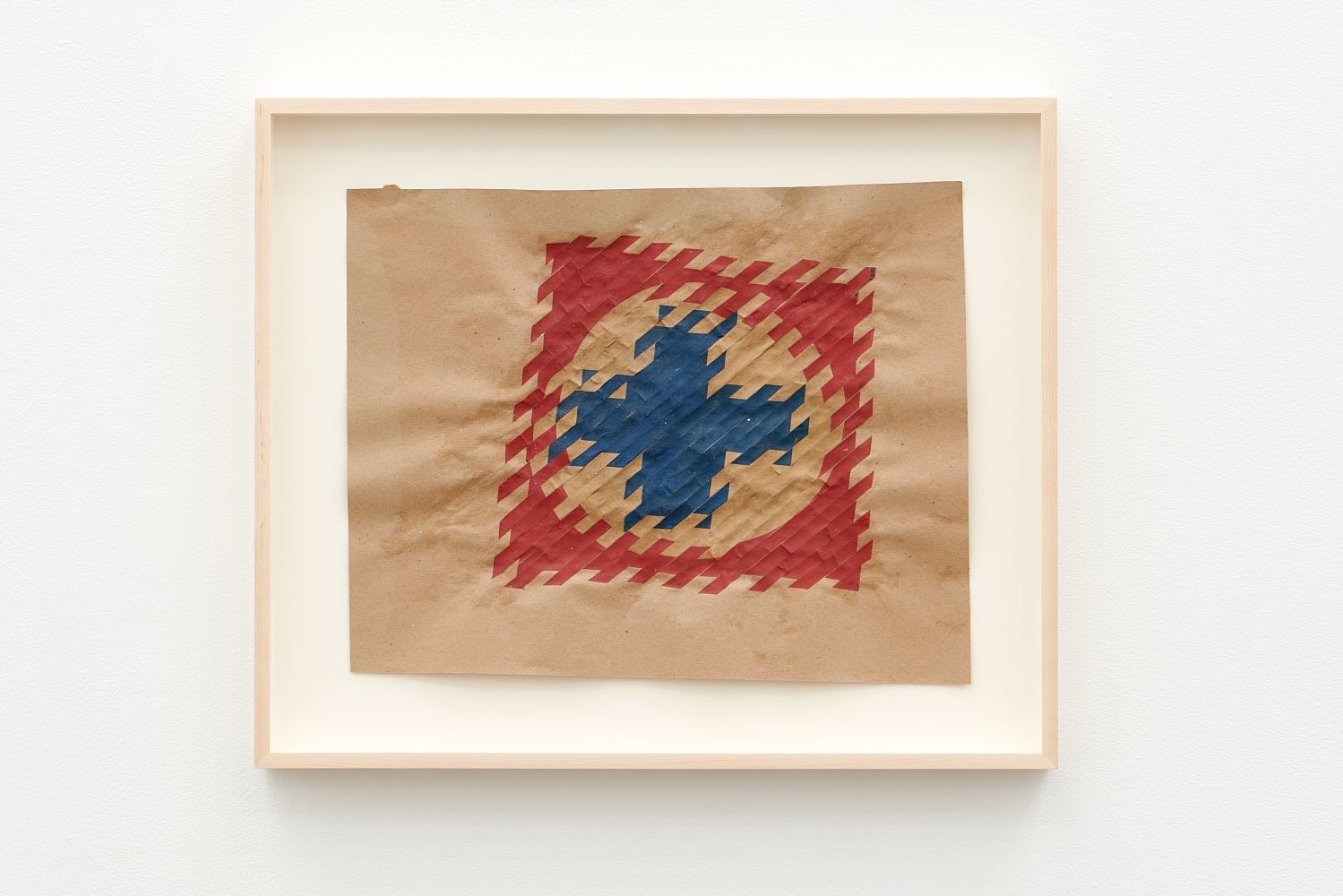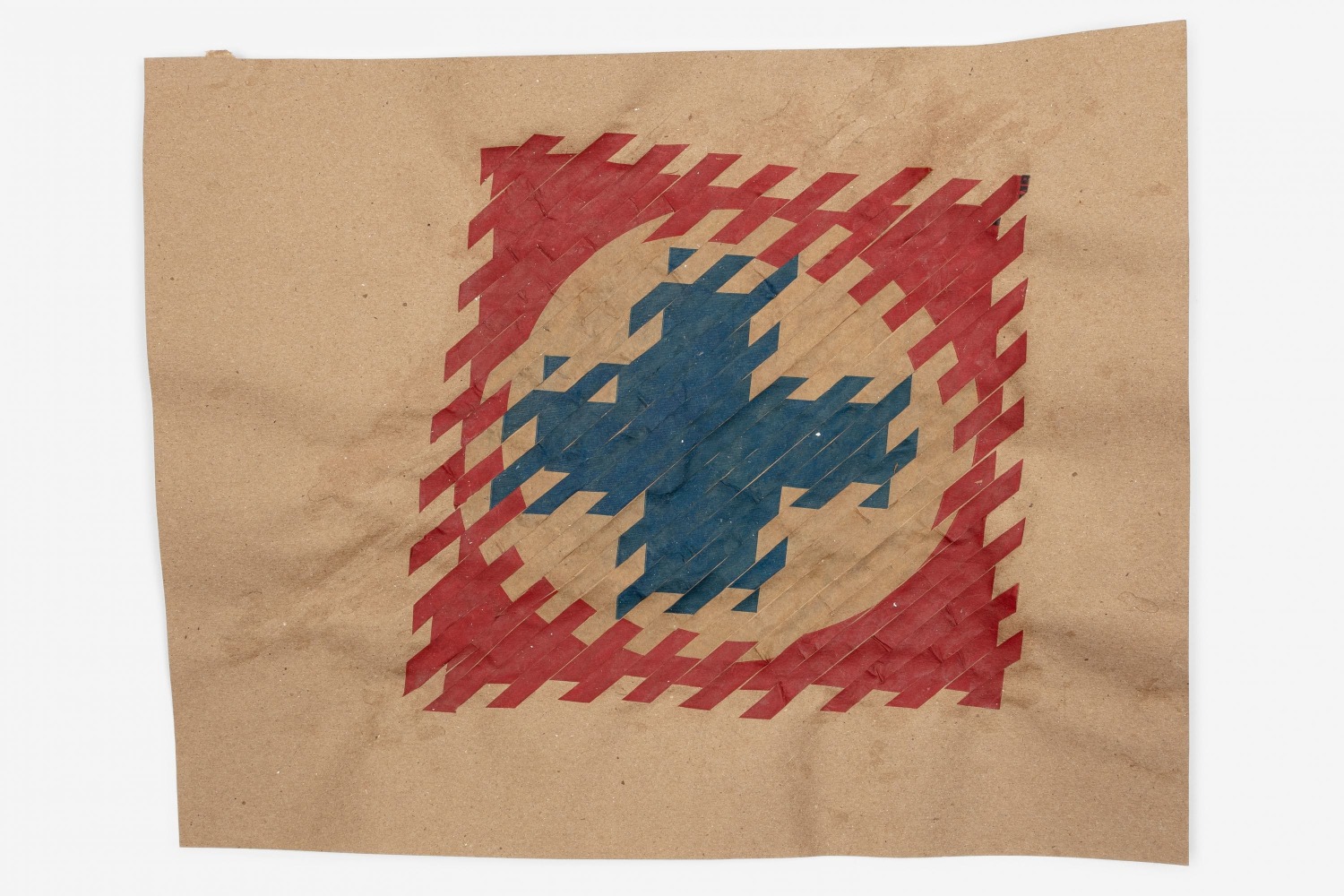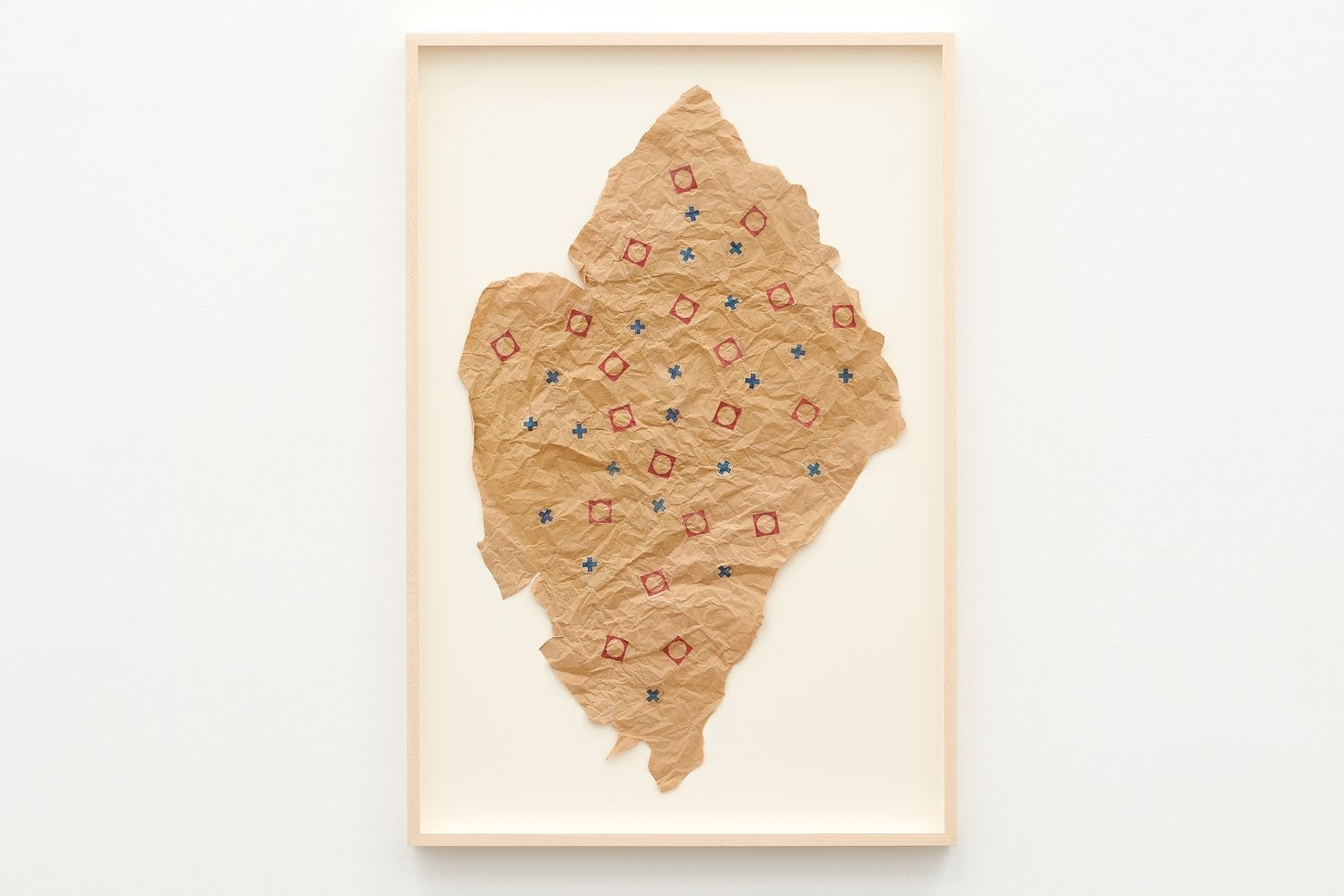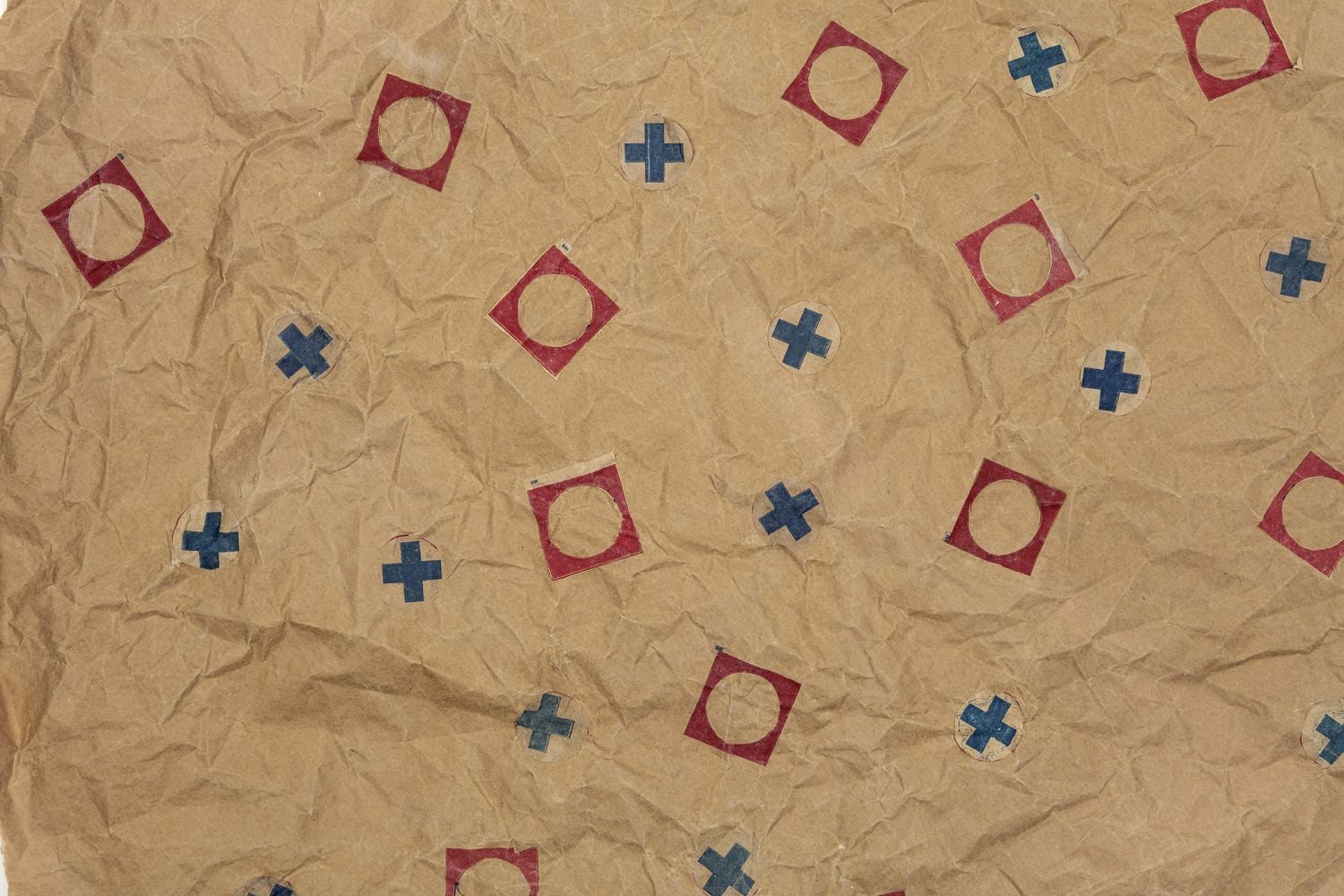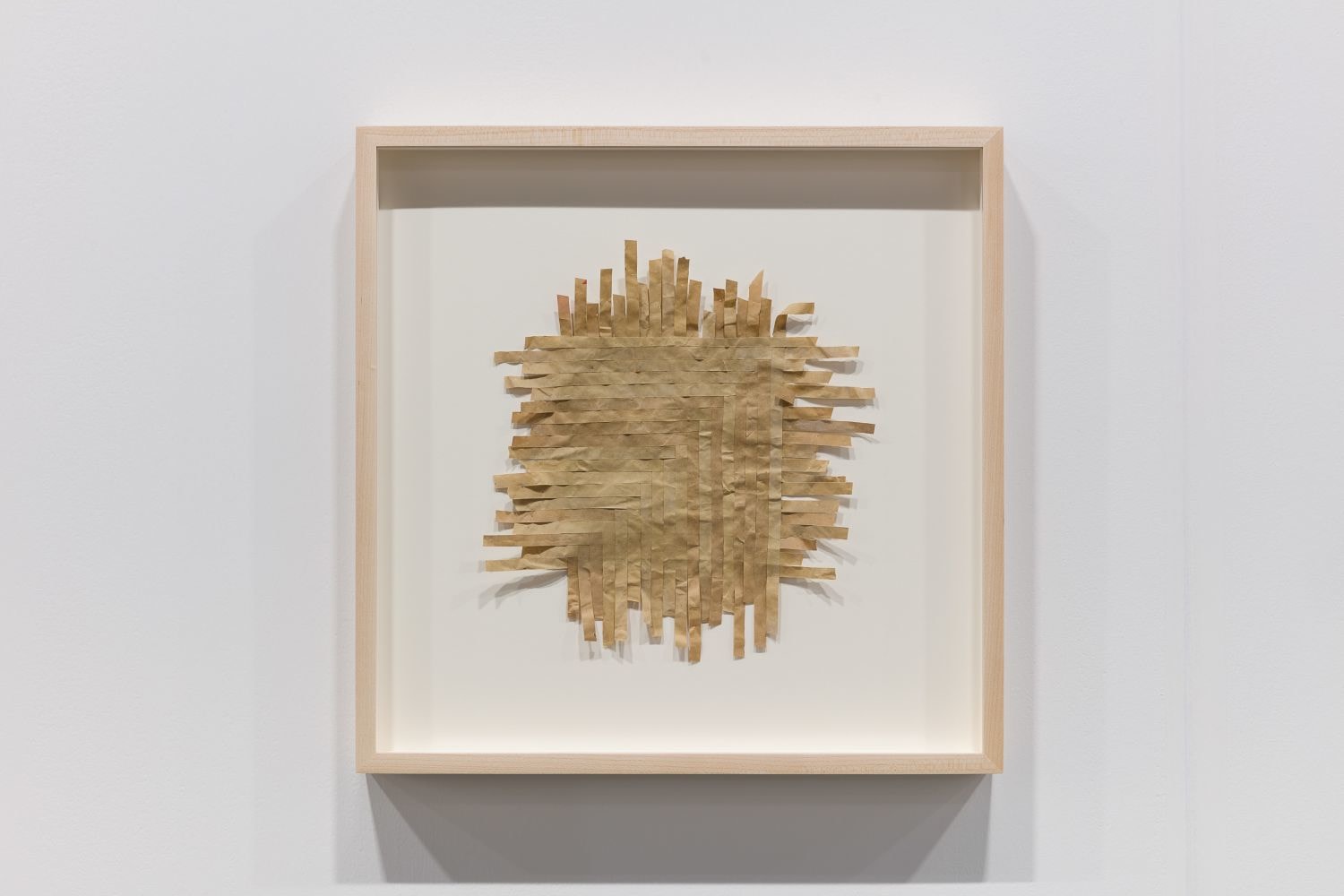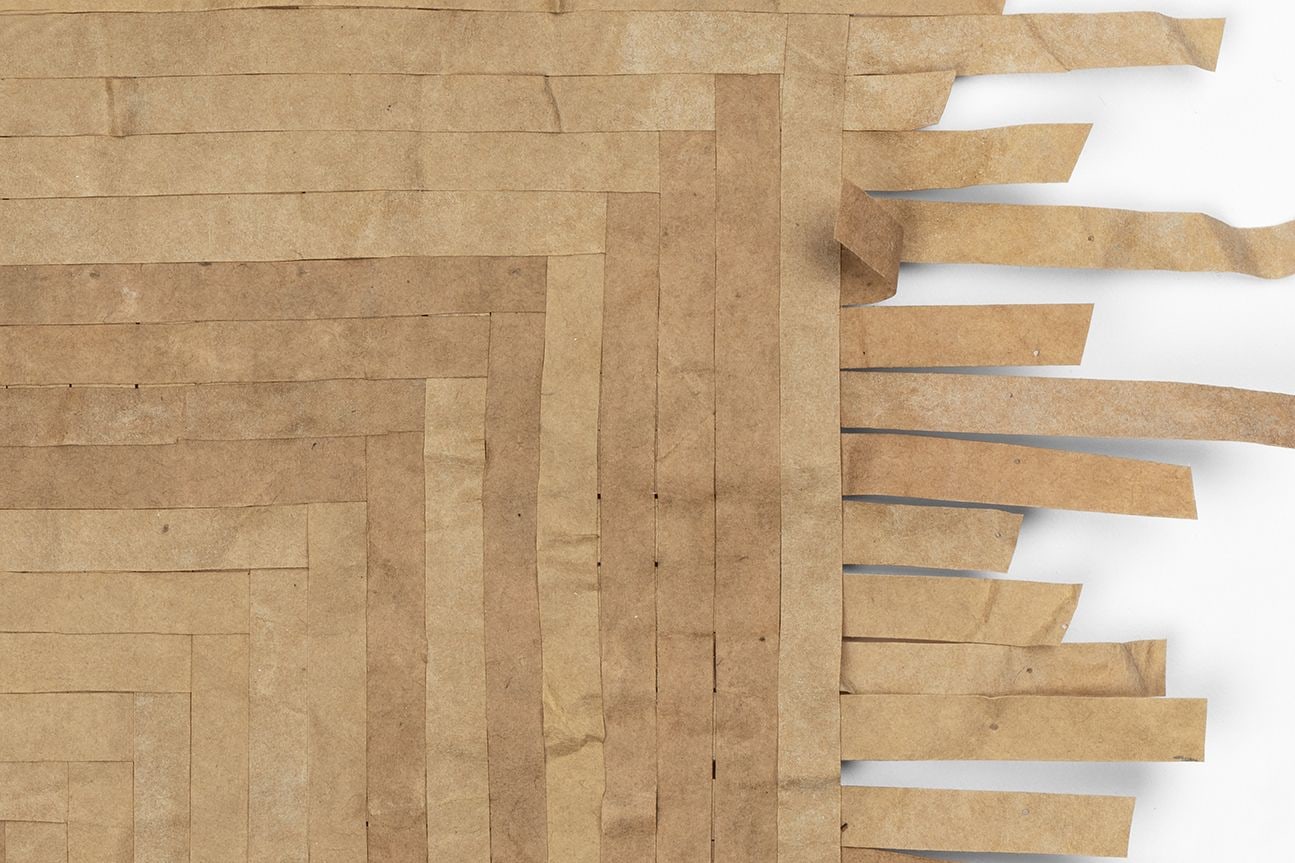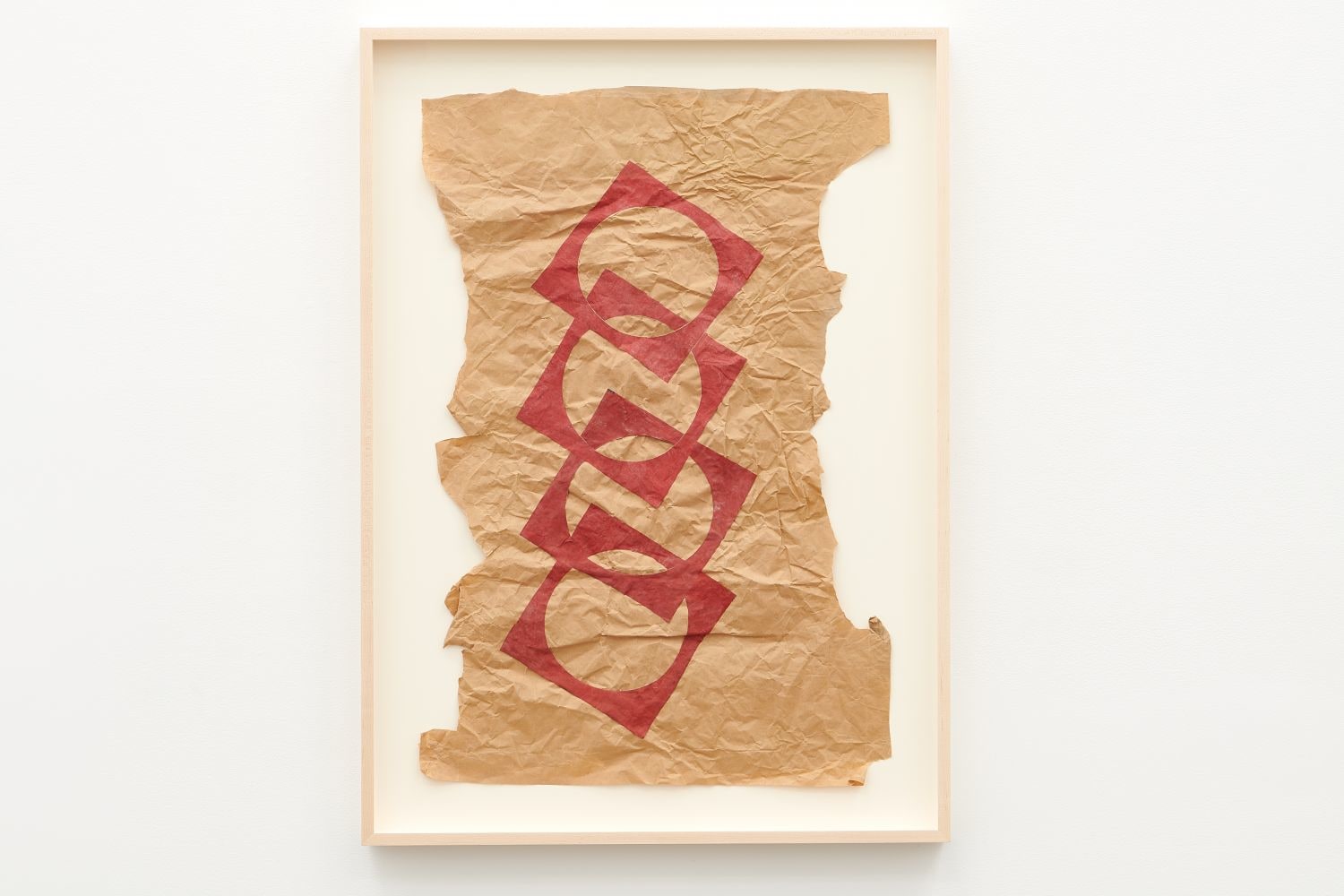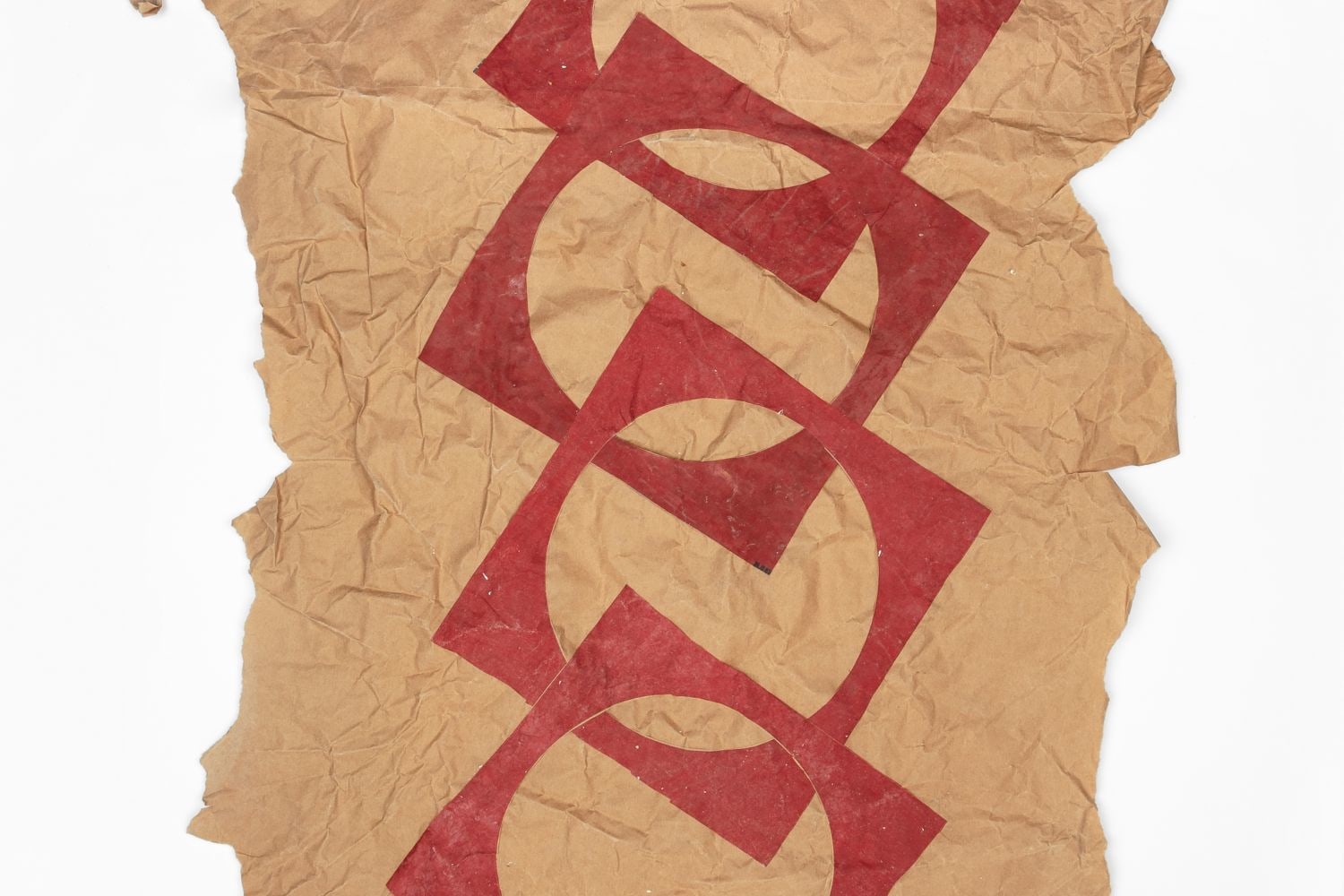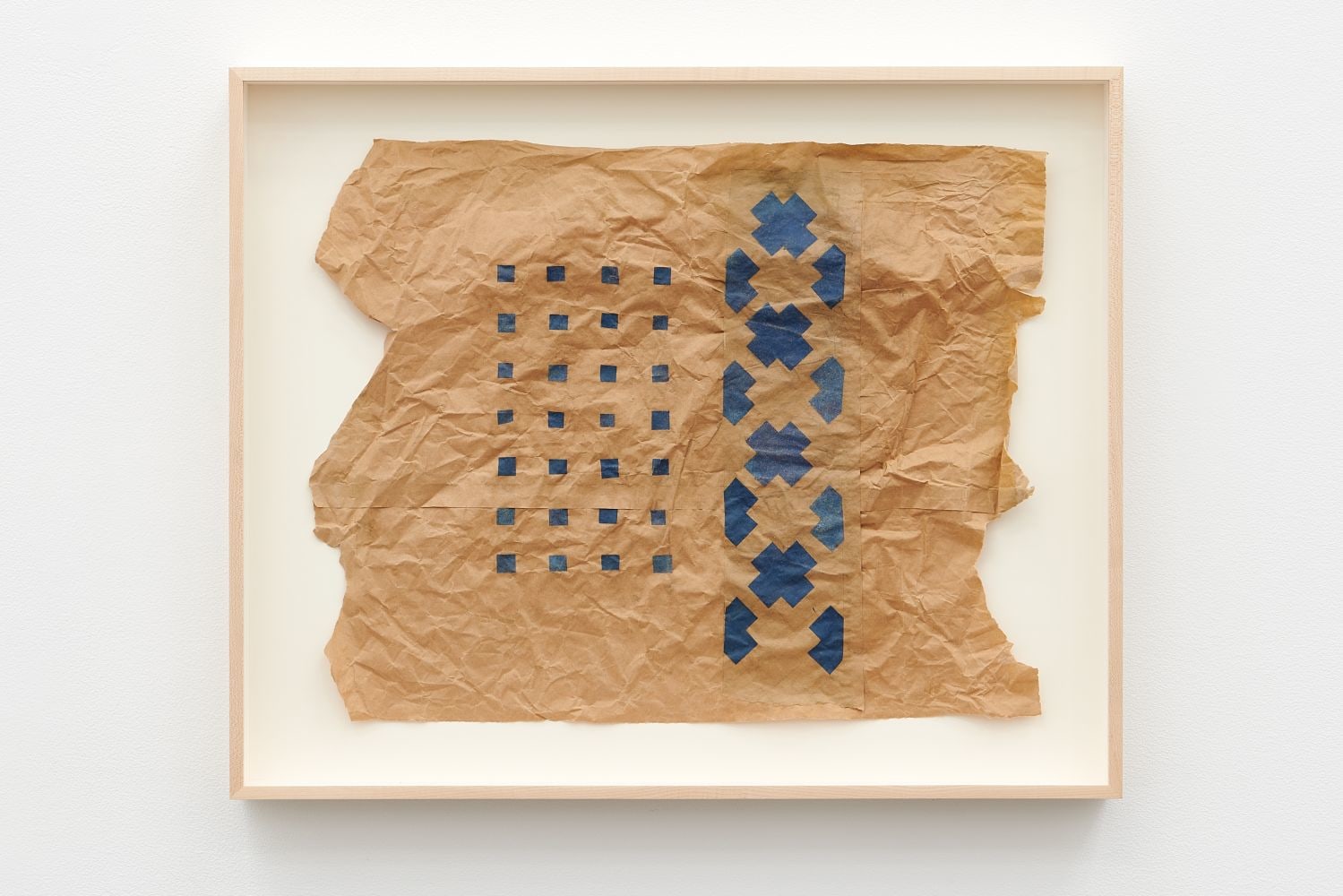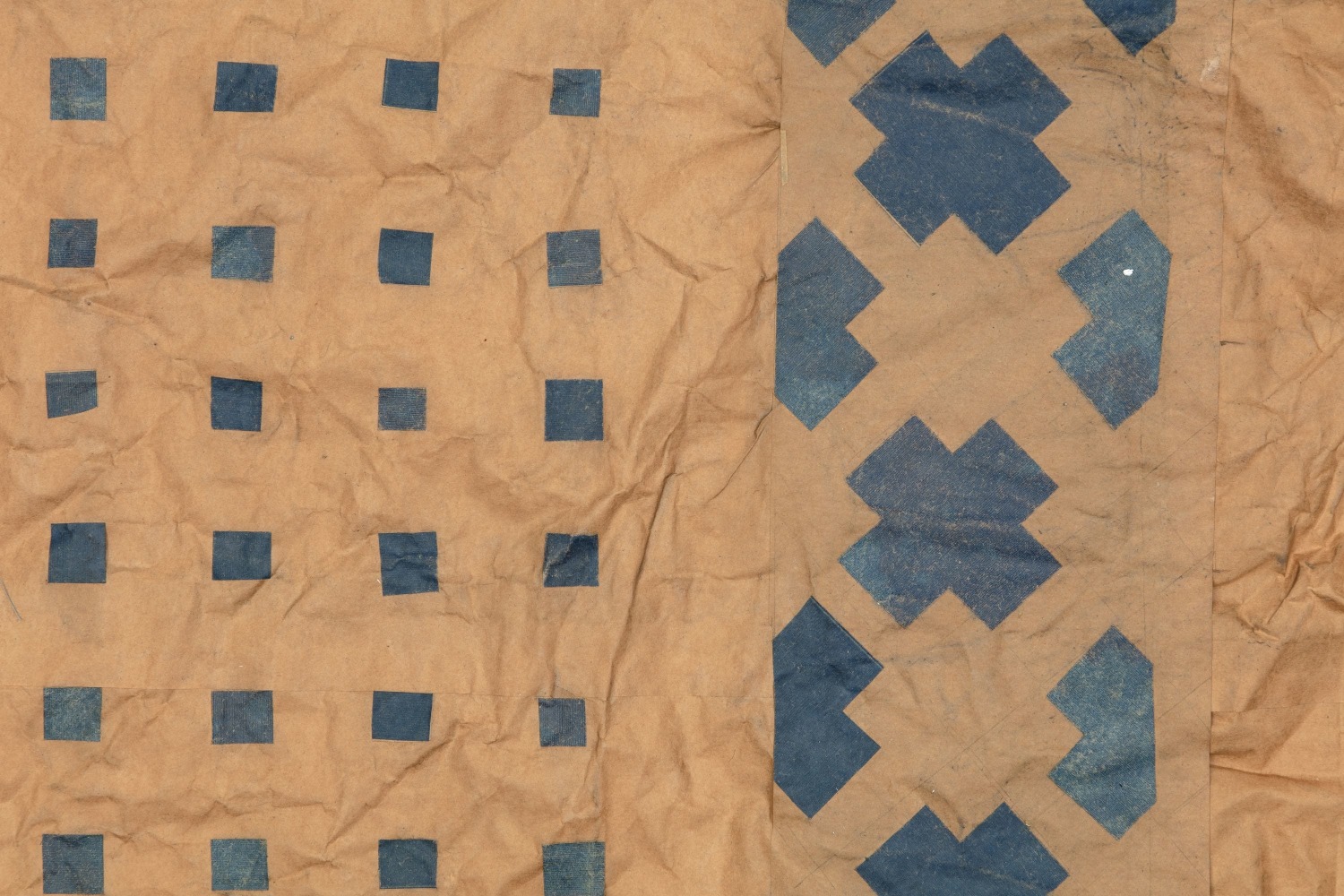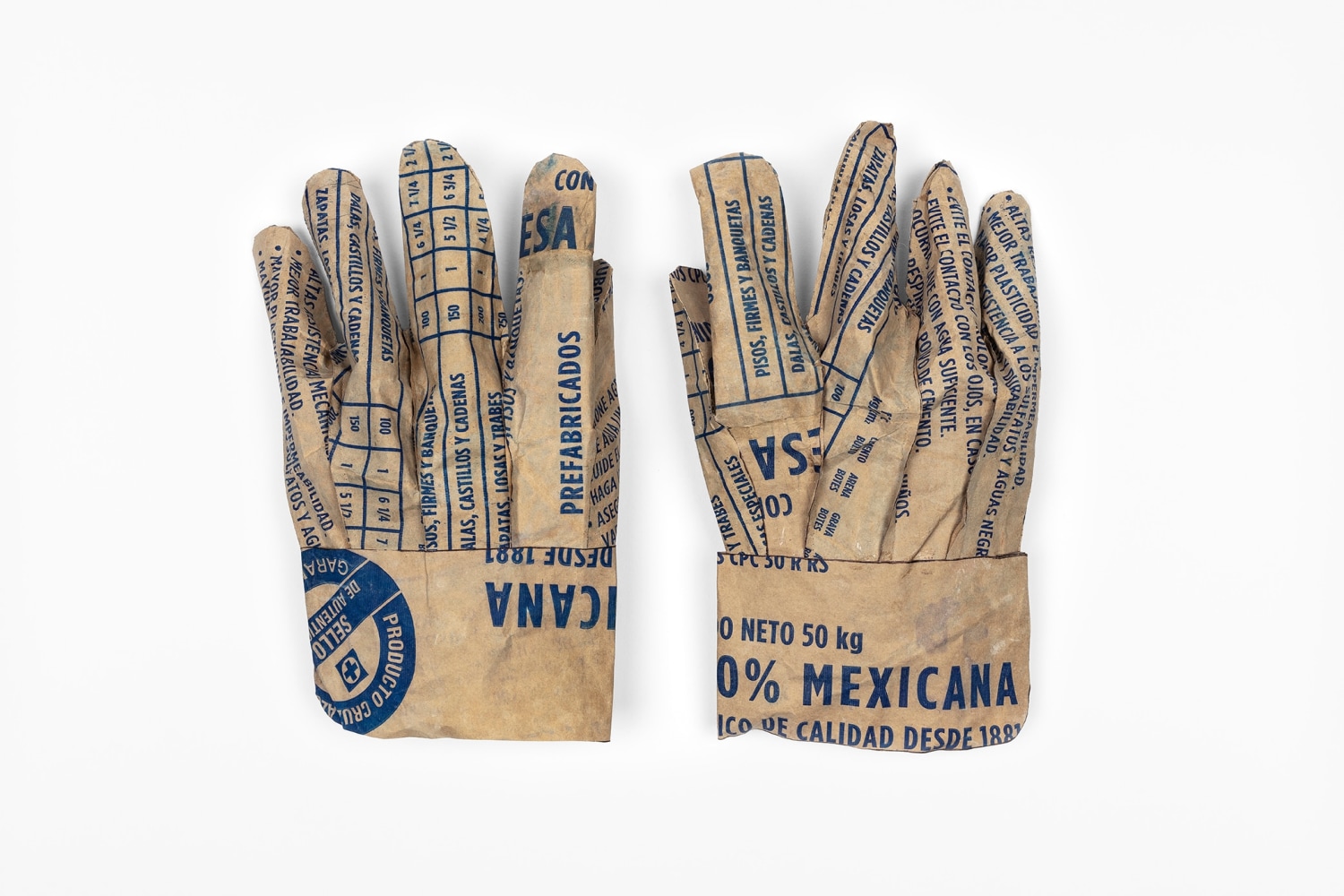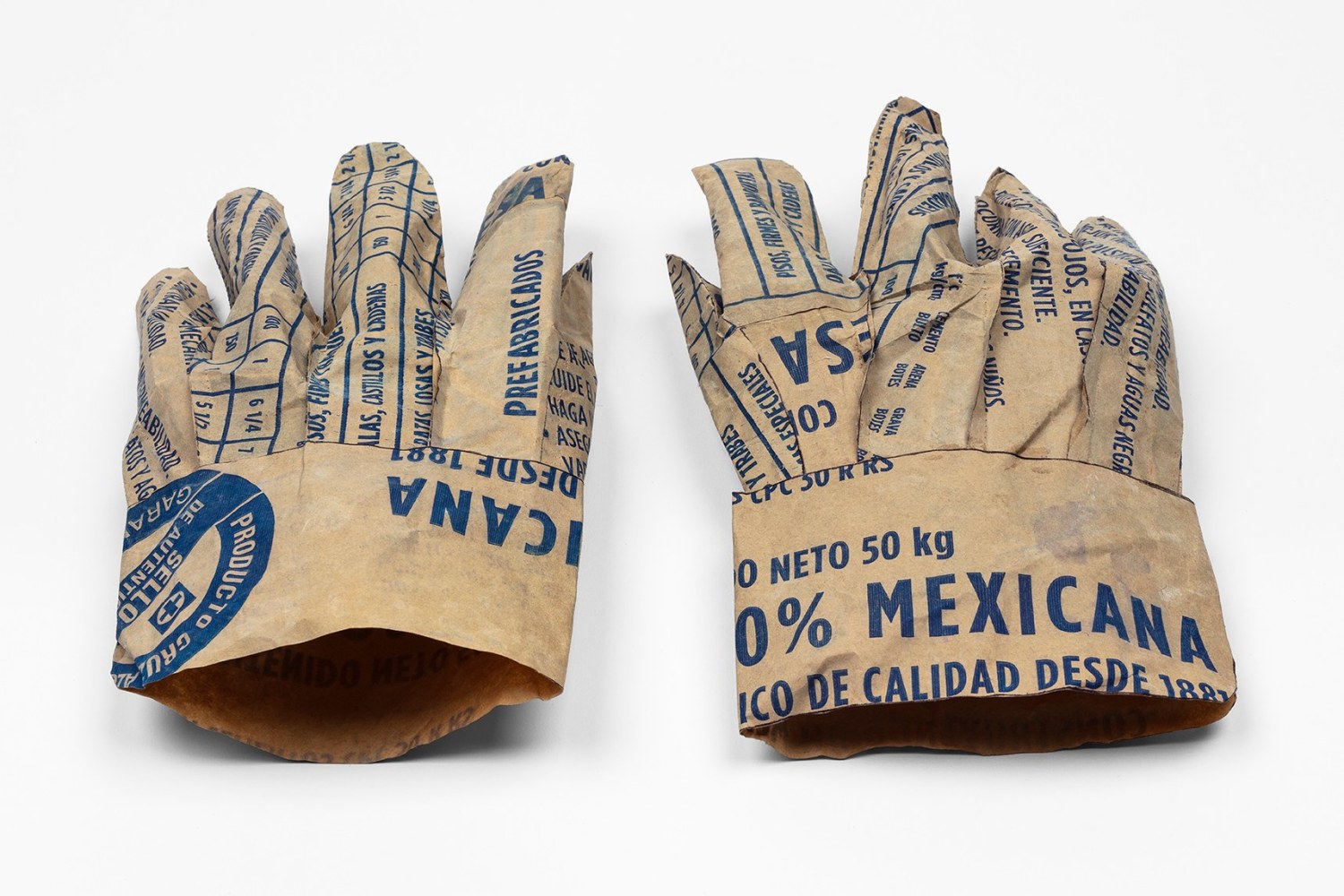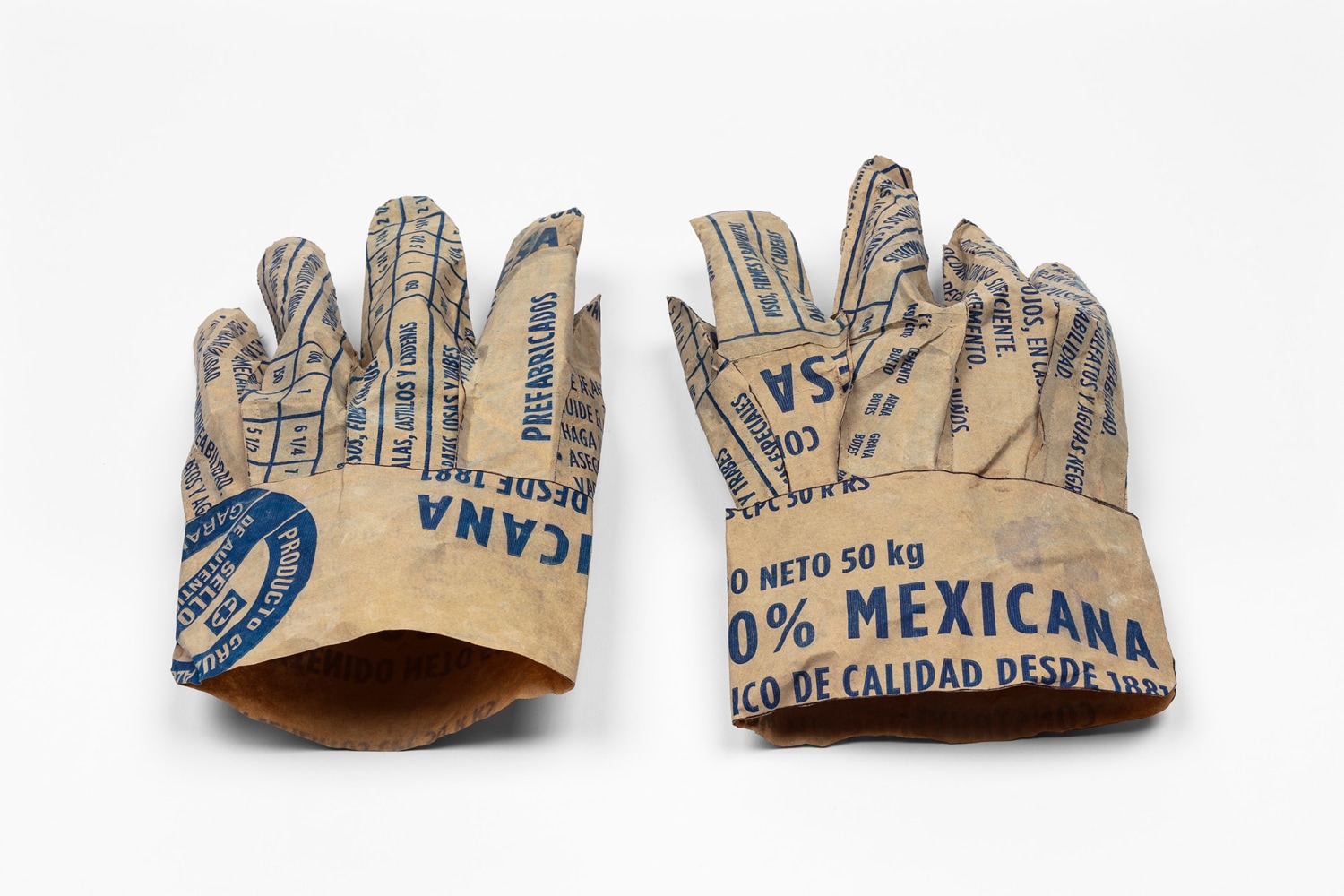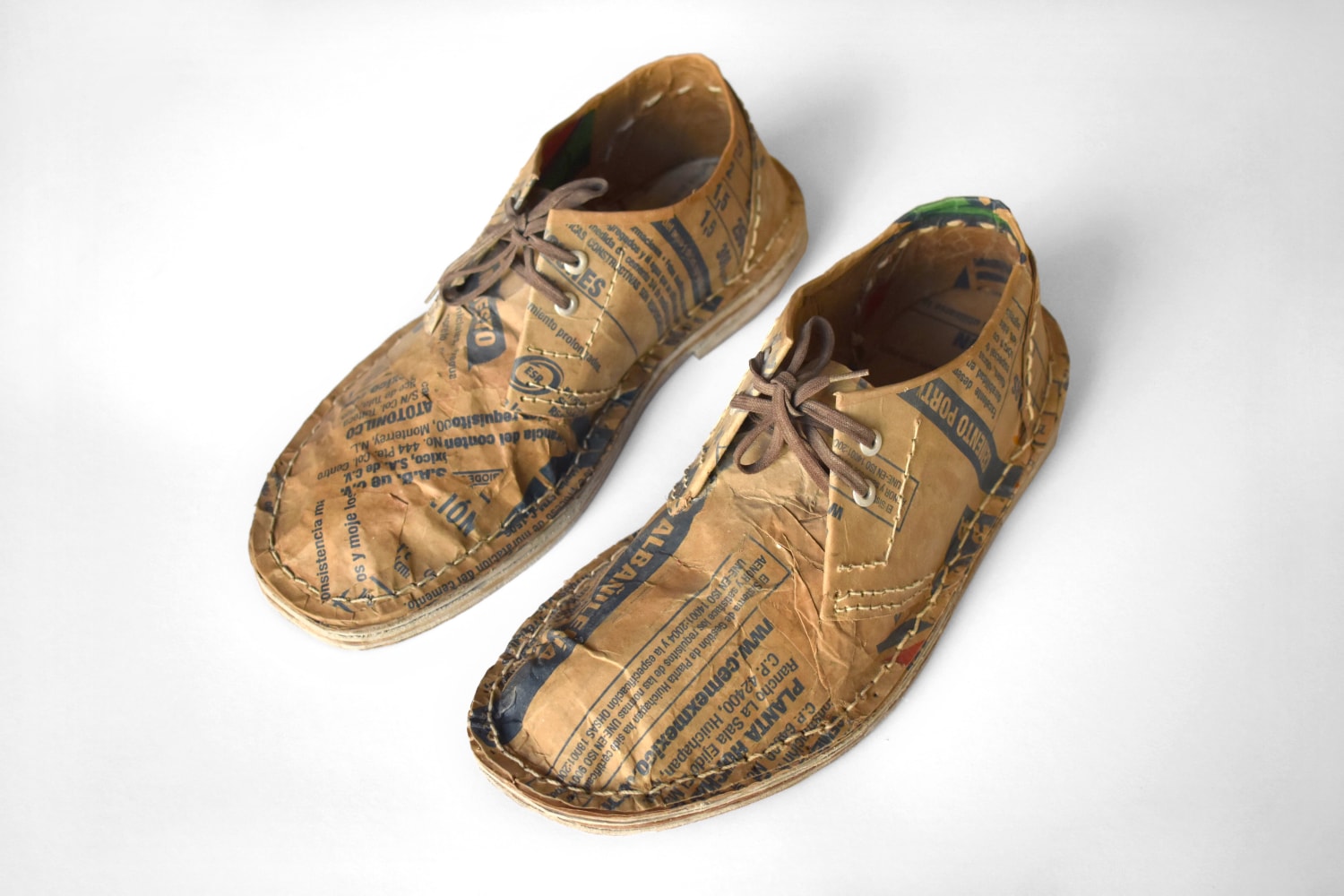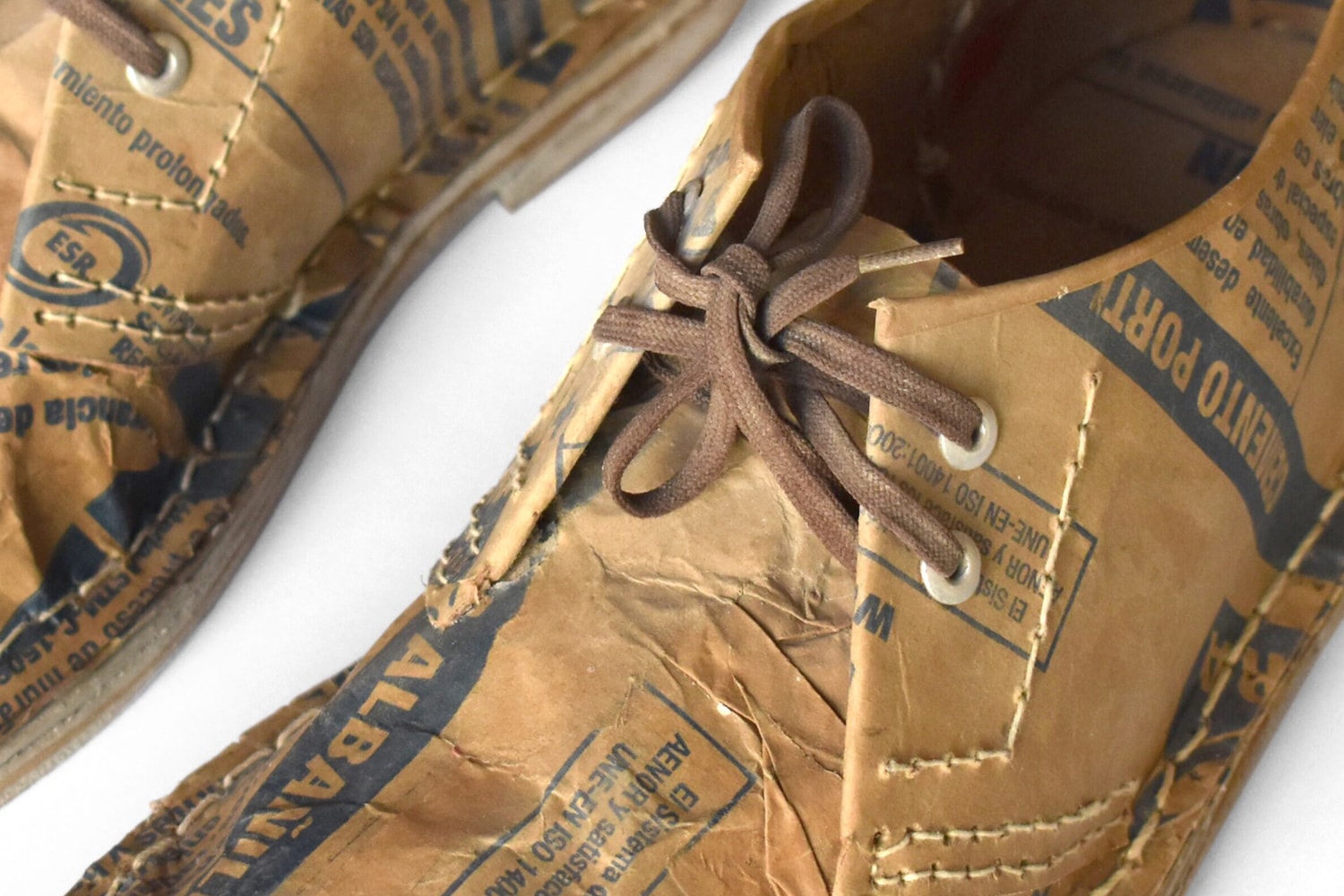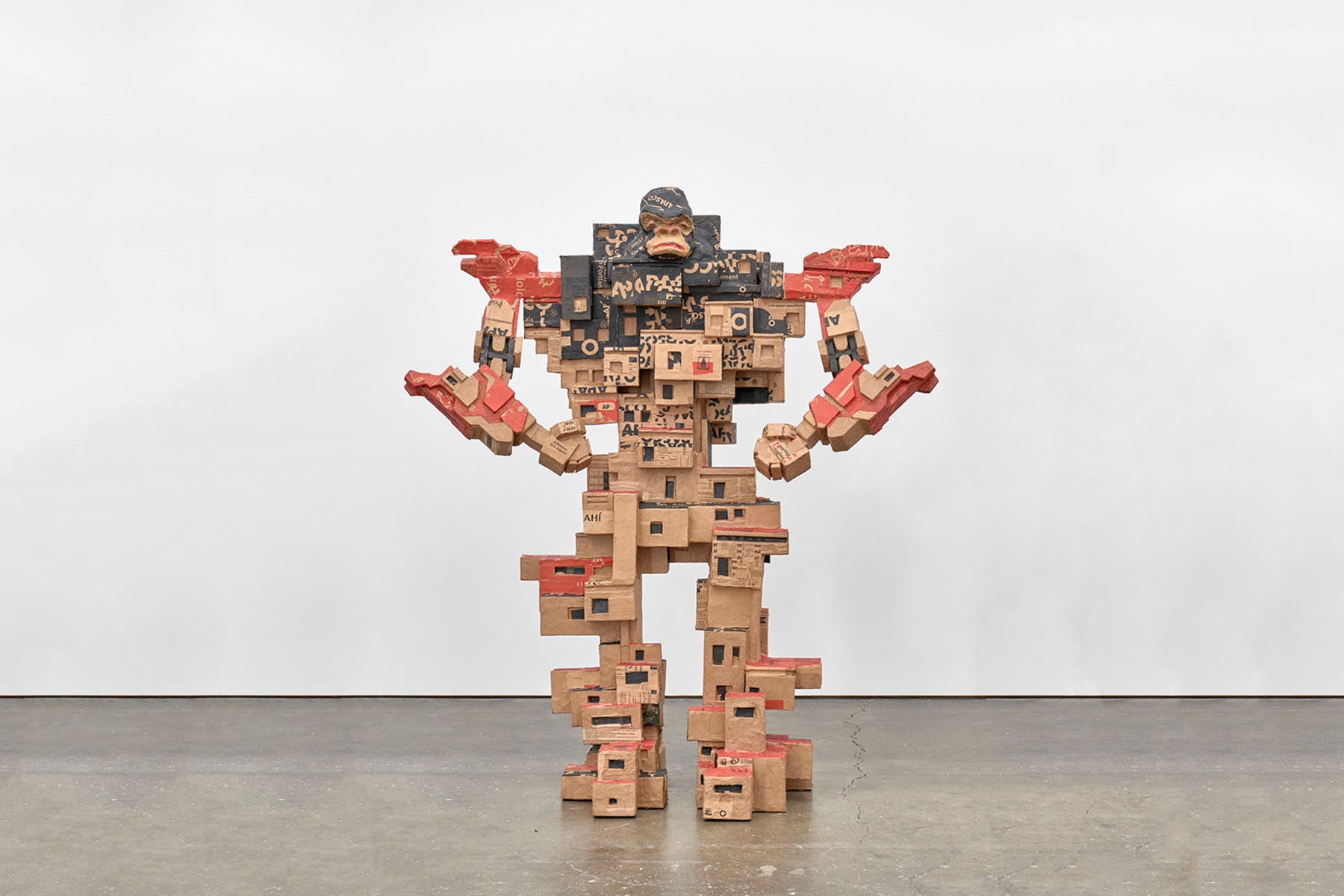
Damián Ortega (1967), Gorilla building, 2019, cardboard, styrofoam, kraft paper, pine wood, balsa wood and cement bags "habitat 67" Moshe Safdie, Montreal, Canada, 197 x 175 x 90 cm. (77.56 x 68.9 x 35.43 in.)
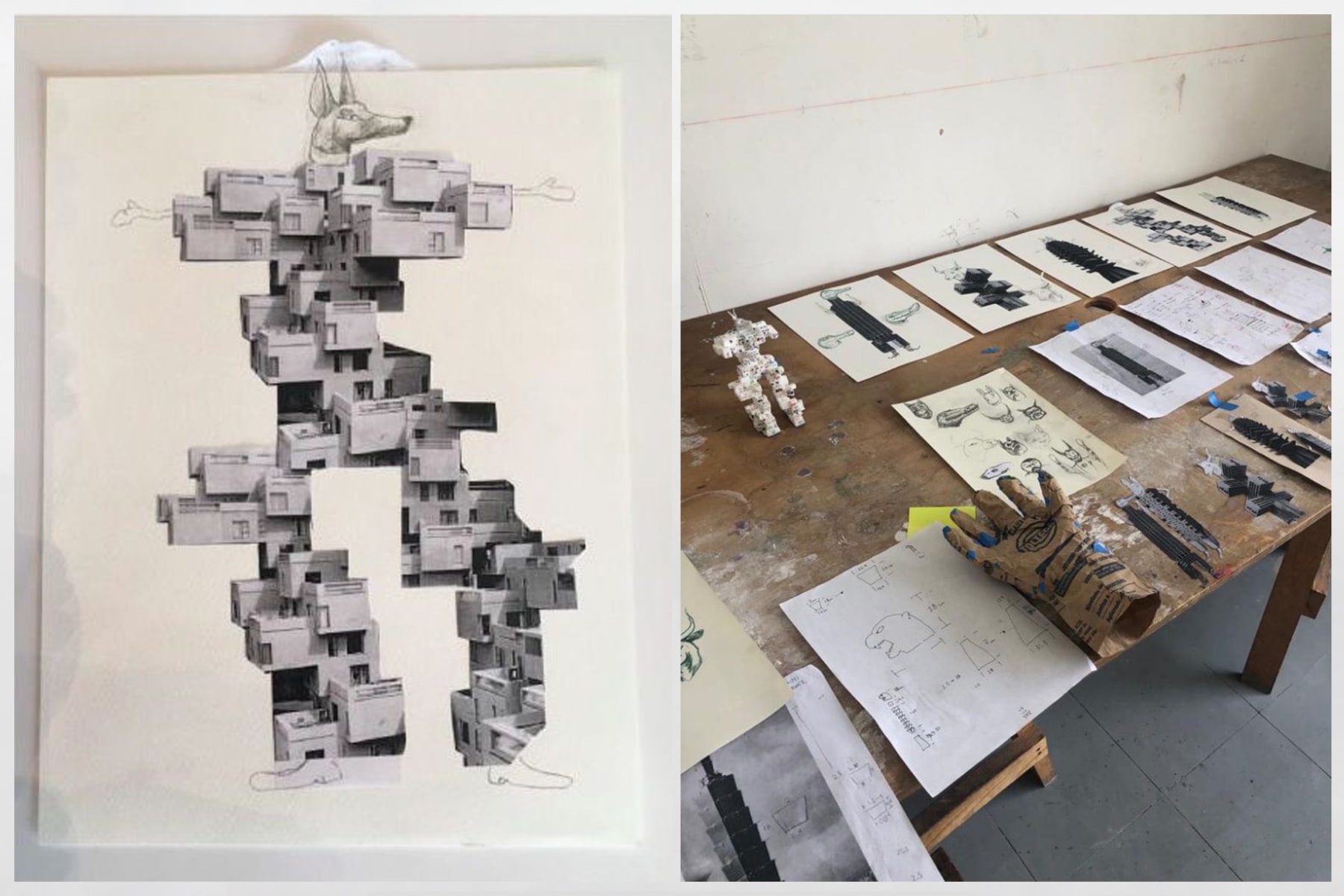
(left) Damián Ortega (1967), Zoobuilding project sketches 9, 2019, graphite on paper, 33 x 23.8 cm. (12.99 x 9.37 in.). (right) Damián's Mexico City studio.
Ortega's collection of skyscraper sculptures draw from the history of modern architecture as a metaphor for ambition. As noted, the great challenge of modernity’s height and longevity reflects human capitalistic desire, to climb upwards, to demonstrate power and superiority. Ortega’s micro-skyscrapers incorporate animal faces and features, drawing from the gods of Ancient Egypt, and connect the elements of the material and the spiritual worlds into a unified image. These anthropomorphized buildings are cartoons with mythological characteristics, at once heralding the future with its emblems of modernity while calling upon a symbolic ancestral world. As Damián commented of the sculptures in a reminder of the pitfalls of modernity:
“The capitalist principle of letting the stronger and fittest survive, the law of the jungle- the concrete jungle.”
The juxtaposition of the towers' mission to achieve height and their material fragility are meant to remind that size does not equate to strength. The use of paper and production techniques are evocative of a Mexican tradition of building Judas, life-sized paper mâché figures that are ceremoniously burned in communal performative gathering with theatrical pyrotechnics. The Judas figures usually portray a powerful or well known figure and themselves represent the connection of timeless tradition and modern advances.
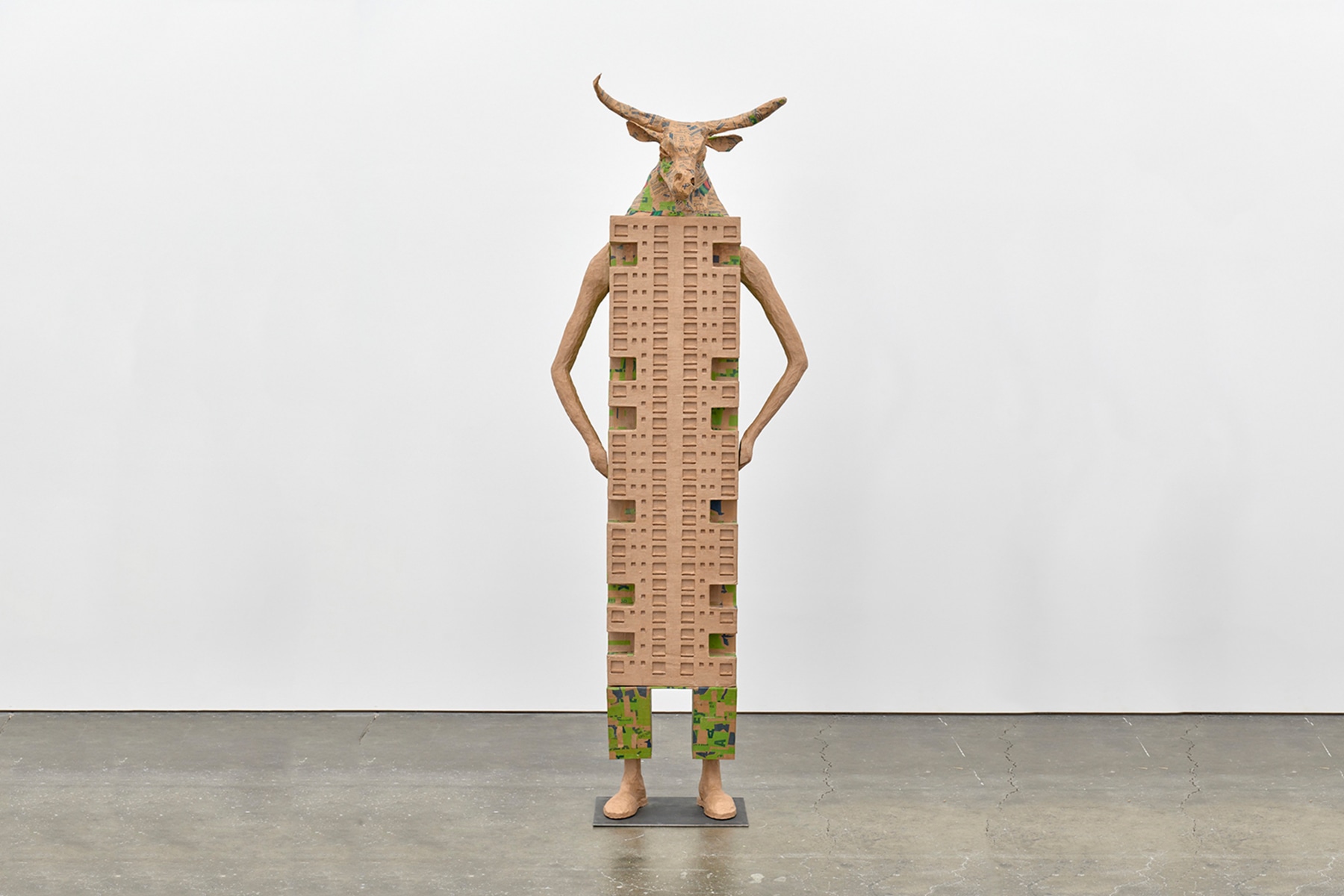
Damián Ortega (1967), Bull tower, 2019, cardboard, styrofoam, kraft paper, pine wood, balsa wood and cement bags "kanchanjunga apartments" Charles Correa, Bombay, India, 280 x 105 x 52 cm. (110.24 x 41.34 x 20.47 in.)
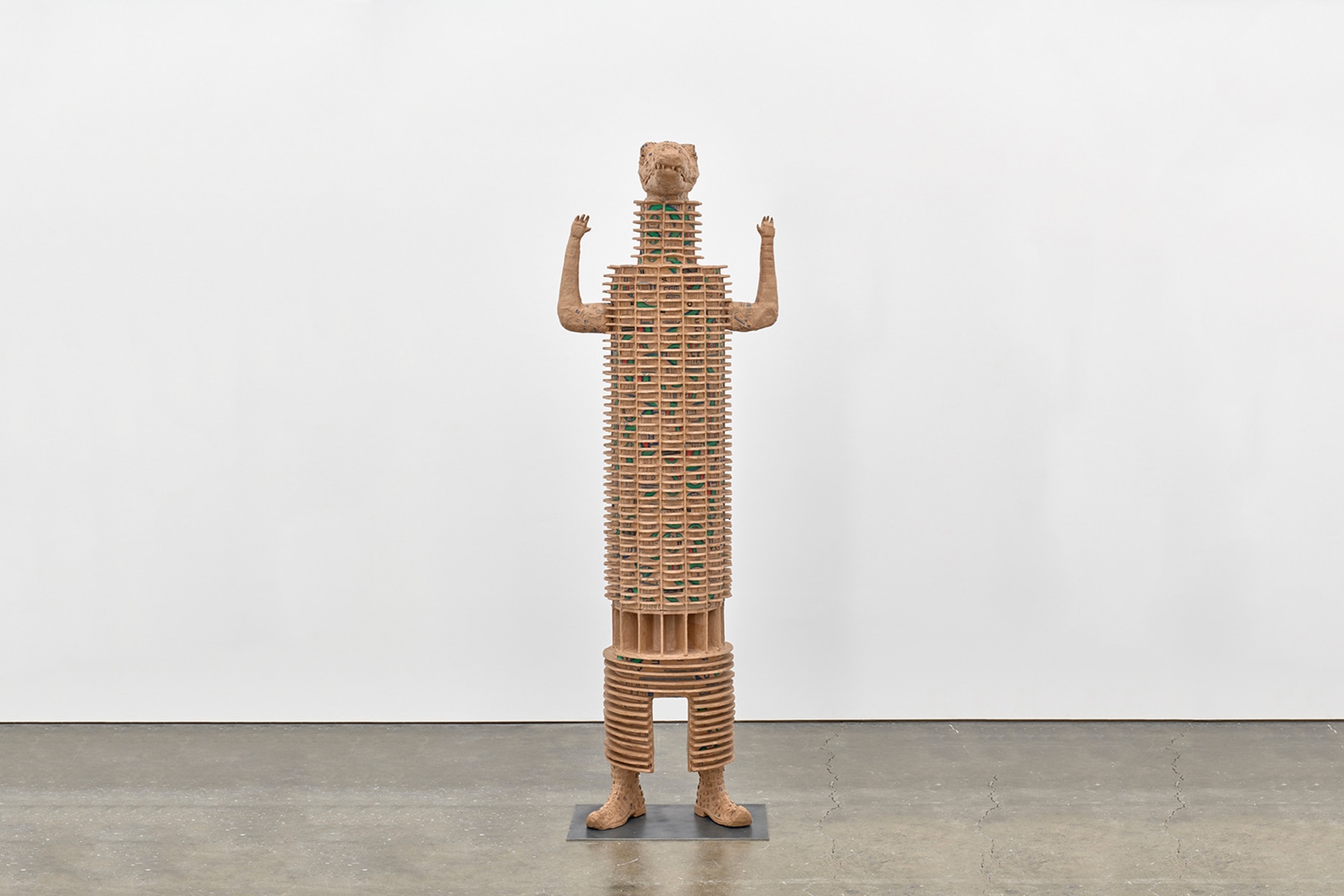
Damián Ortega (1967), Alligator - Chicago tower, 2019, cardboard, styrofoam, kraft paper, pine wood, balsa wood and cement bags "Marina city" Bertrand Goldberg Chicago, USA, 255 x 85 x 50 cm. (100.39 x 33.46 x 19.69 in.)
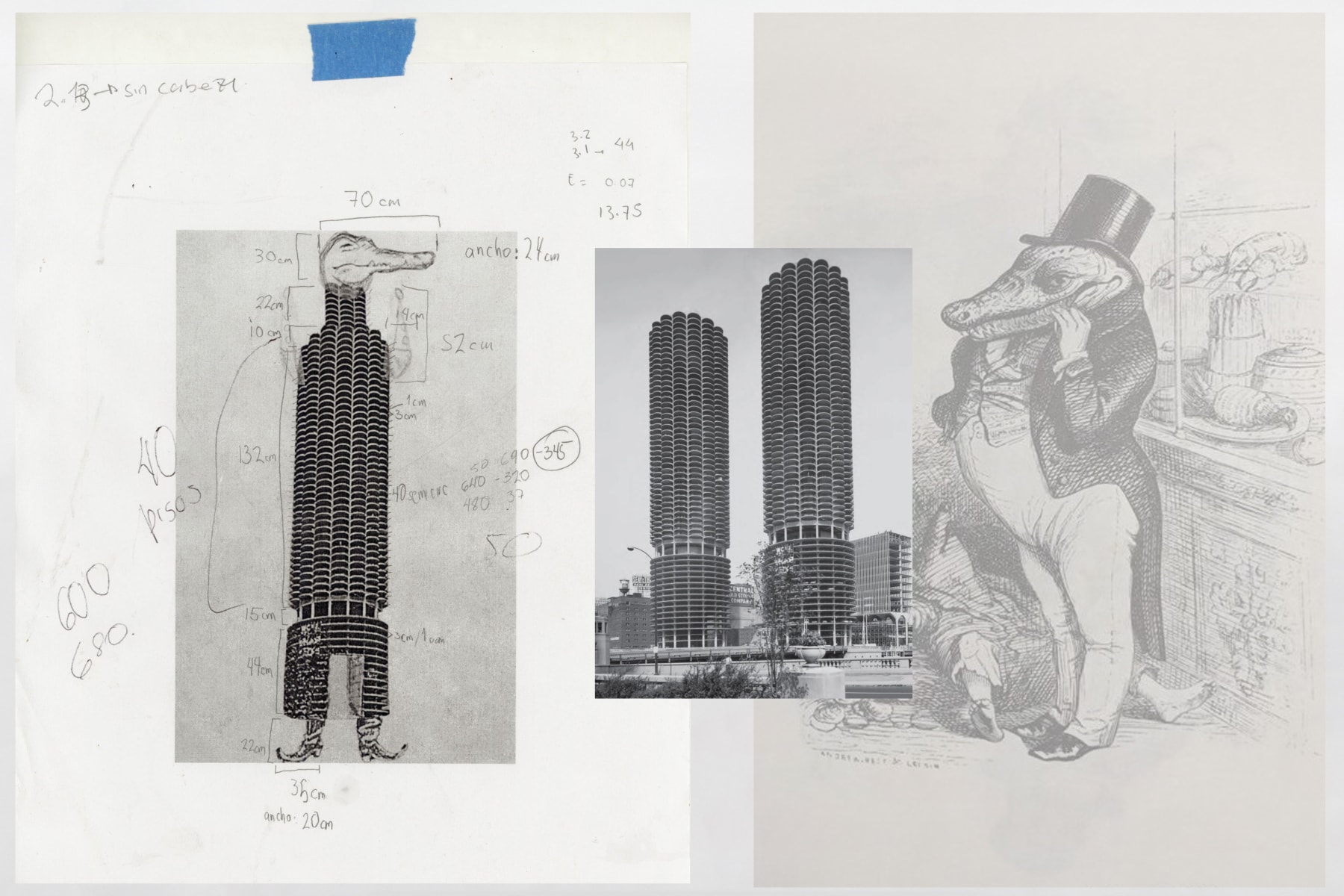
(left) Studio sketch. (center) Marina City towers, Chicago, Illinois, image courtesy of Phaidon. (right) Jean Isidore Gérard, detail of 19th century drawing. Image courtesy of Damián Ortega.
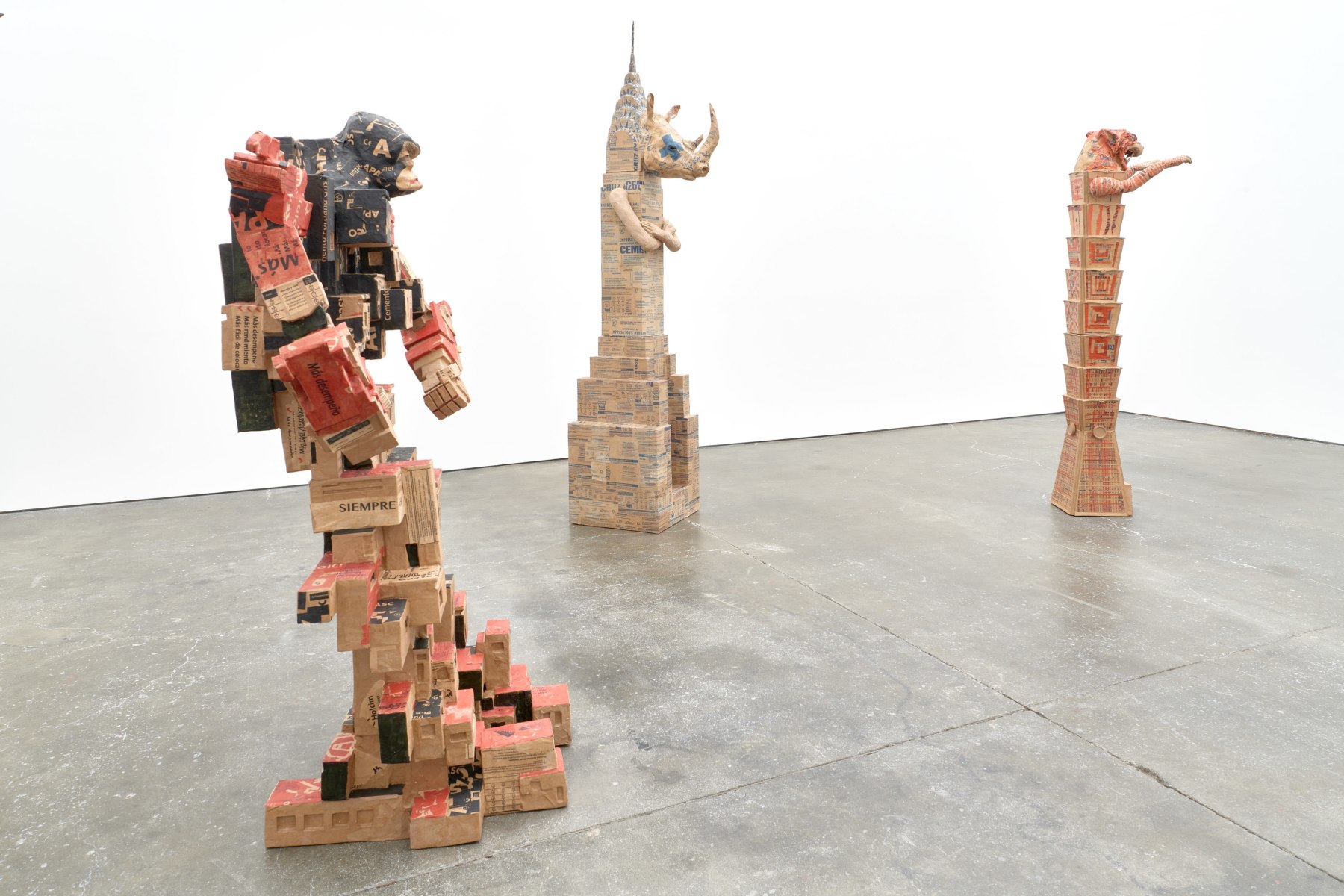
Installation view: Estridentópolis, Adrian Rosenfeld Gallery, San Francisco, November 2019 - January 2020
"This period, Estridentismo, was reconsidering the idea of identity in Mexico right after the Mexican Revolution. With the new technologies, there were great expectations of new politics too. Art and society were in a process of re understanding, redefining and reconstruction. The European influence was there, but also there was a playful sense of humor that was very local."
–Damián Ortega
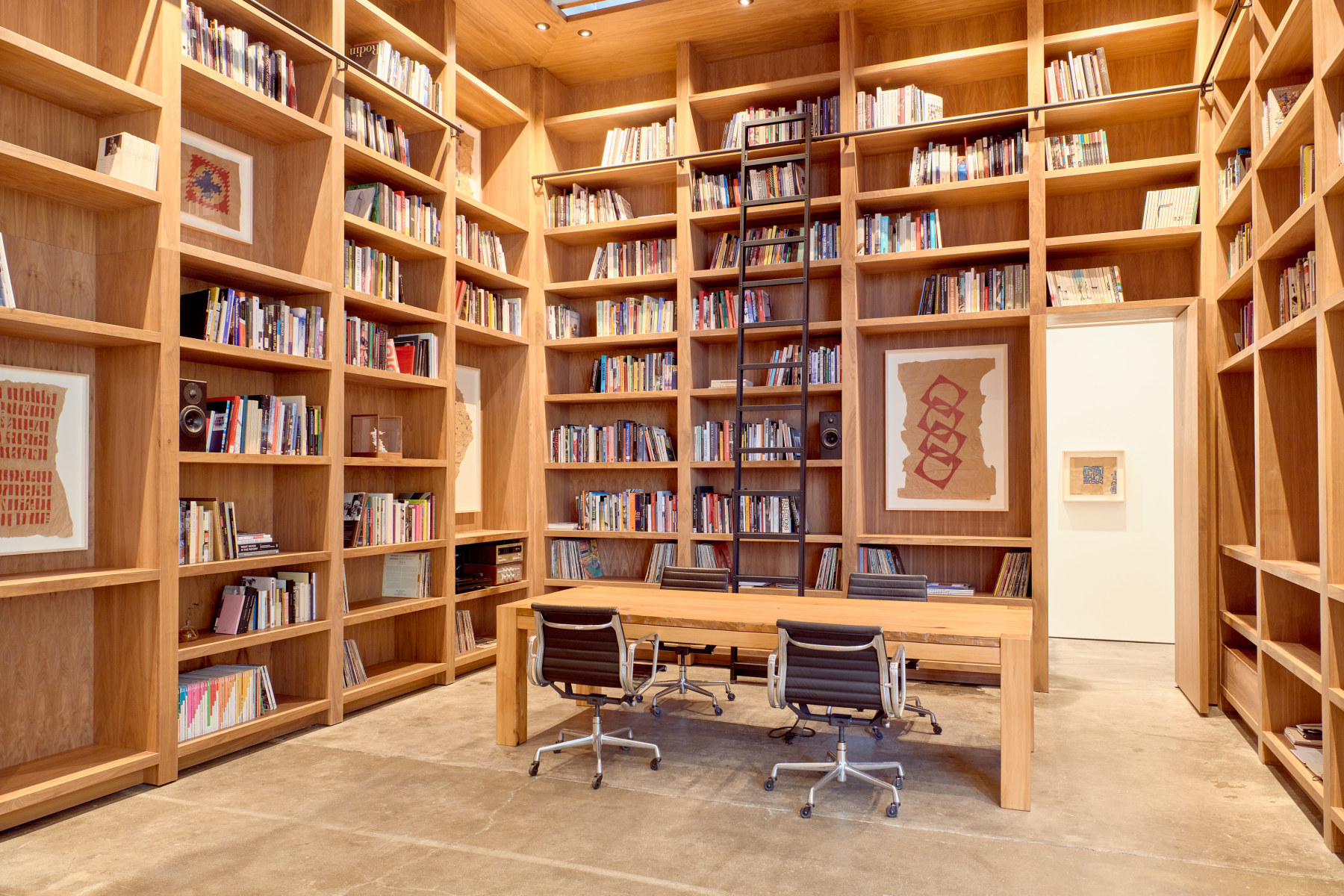
Installation view: Estridentópolis, Adrian Rosenfeld Gallery, San Francisco, November 2019 - January 2020
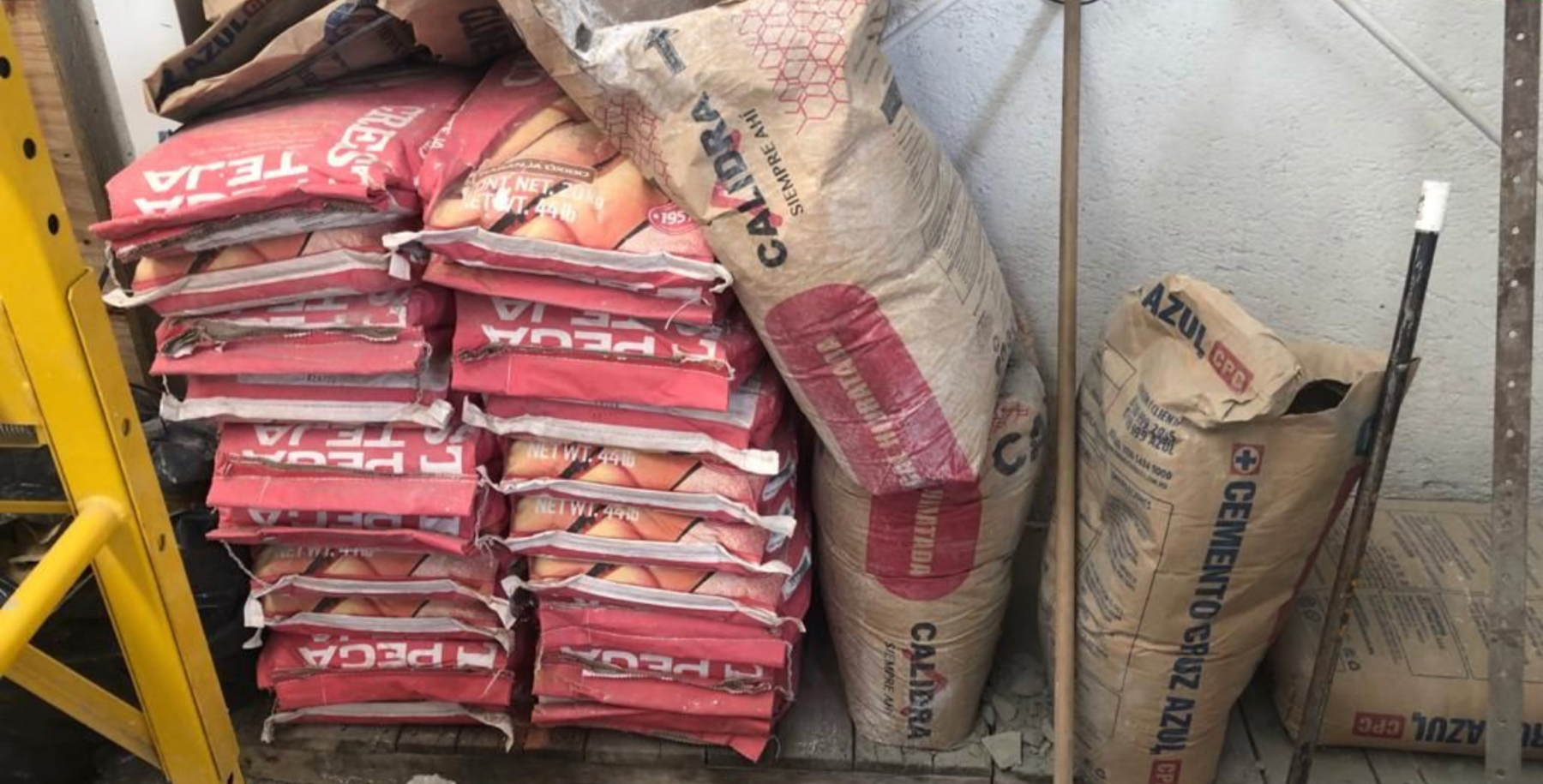
Cement sacks in Damián's Mexico City studio
Cruz Azul is a cement brand and also a soccer team from Mexico. It works as a cooperative; this means that the workers own the production and the factory. The team is very popular and well known, they have a huge following. They’ve gone without winning a cup since the 1970s when they were champions for five years. In some ways. Cruz Azul is a symbol of the Mexican modernist idea of progress.
Modernism draws inspiration from one of the very materials it was built with: concrete. Huge, gray-colored edifices exude strength but refrain from opulence with their cheap execution. Concrete allowed this innovative aesthetic to grow skyward and it is the material that underpins these new works by Damián Ortega. The artist dissects and reworks cut-outs from cement sacks to create abstraction that plays with sensory perception and draws from a vast knowledge of cultural histories that include his native Mexico, European avant-garde movements, and Ancient Egypt. The colors and decorative patterns, a primary seduction, engage with notions of value, endurance, and ingenuity.
The work shown above, Composición modular CPC is a visual play on the Soviet Union abbreviation CCCP in his use of Cemento Portland Compuesto's logo arranged in patterns evocative of Russian Constructivism's dynamic use of text and geometry to convey movement. This also references Mexico's own movement of the 1920's, Estridentismo, that fused the Mexican local with European avant-garde.
The collages, first on view at the Adrian Rosenfeld Gallery in San Francisco, play with the materiality of modernity, the literal remnants of its architectural construction. Ortega reminds us that before it is constructed into grand foundations cement is transported in sacks of stamped paper, warm and fragile to the touch. In bygone times workers recycled this residual material to make drawings or mathematic calculations related to the job. During the 1960's it was also common to see construction workers with Vaseline hair, wearing hand-made hats from the paper of the cement sacks or sketching on folded paper scraps.
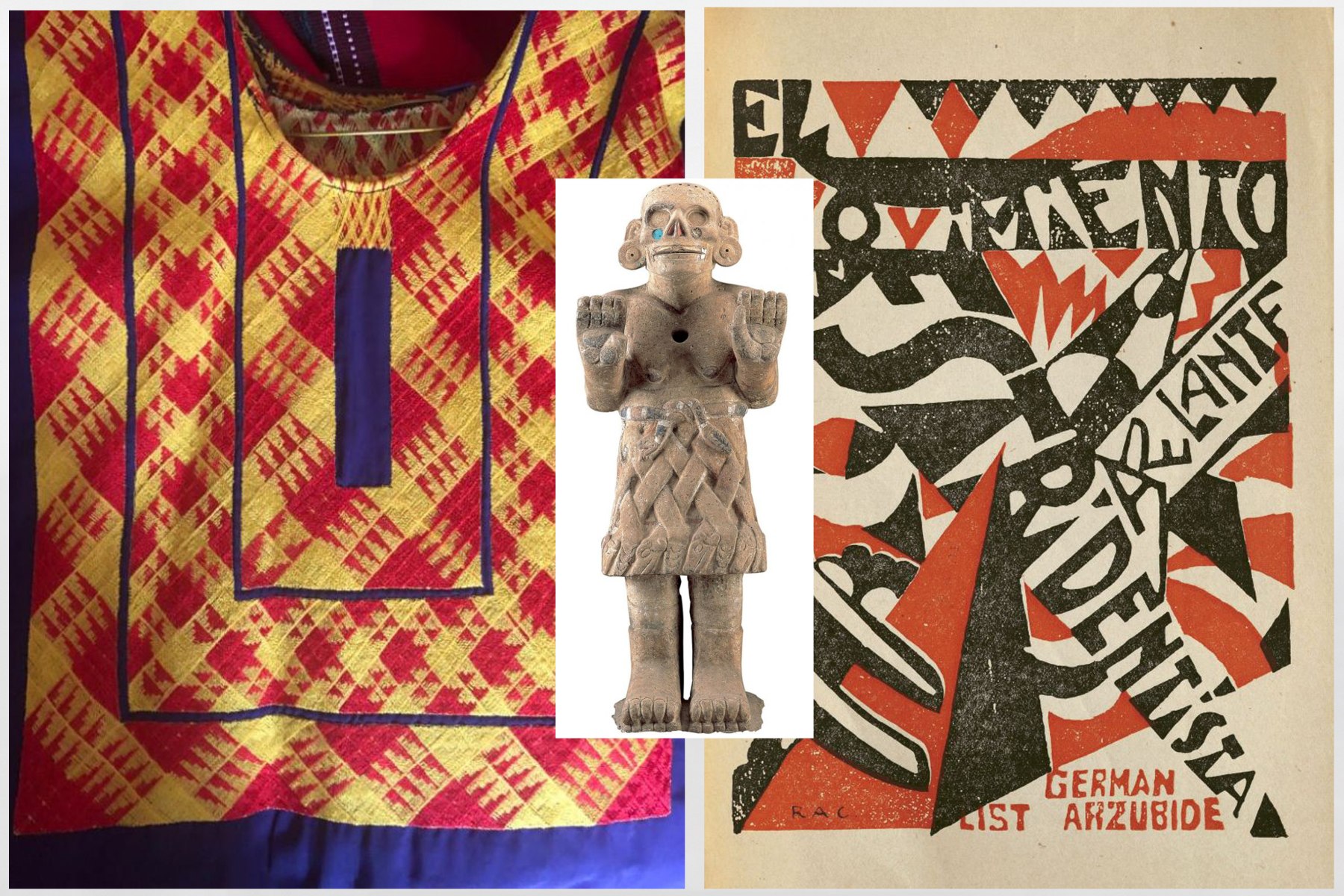
(left) A huipil from Damián Ortega's collection. (center) Coatlicue sculpture, Musuem of Anthropology, Mexico. Image courtesy of Guggenheim Bilbao. (right) Ramón Alva de la Canal, 1962, El movimiento estridentista, woodcut frontpiece for Germán Arzubide. Image courtesy of Lynda Klich.
Ortega draws inspiration from textiles and the rich cultural histories of their production and meaning. In collages from his cement paper bag series he references Mexico's renowned tradition of weaving and the colloquial garments artisans create, such as a huipil, a poncho-like garment that hangs over the shoulders and is sewn together underneath to make sleeves. Ortega is looking at this history of textile making as well as to specific Mexican cultural figures such as Coatlicue, the goddess at the center of the Aztec origin myth history who wears a skirt of woven live serpents. In addition, Ortega looked to Ancient Egyptian papyrus weaving particularly as employed for mummification when corpses were wrapped in papyrus woven textiles. In the artist's own words, "The color of the papyrus was similar to the cement sacks and linking these ideas made me also think about the relationship between sarcophagi and contemporary buildings."
“Modernity’s great dream was being build with archaic technology and on the social imbalances of the past. A new technology dependent of old tools.” –Damián Ortega
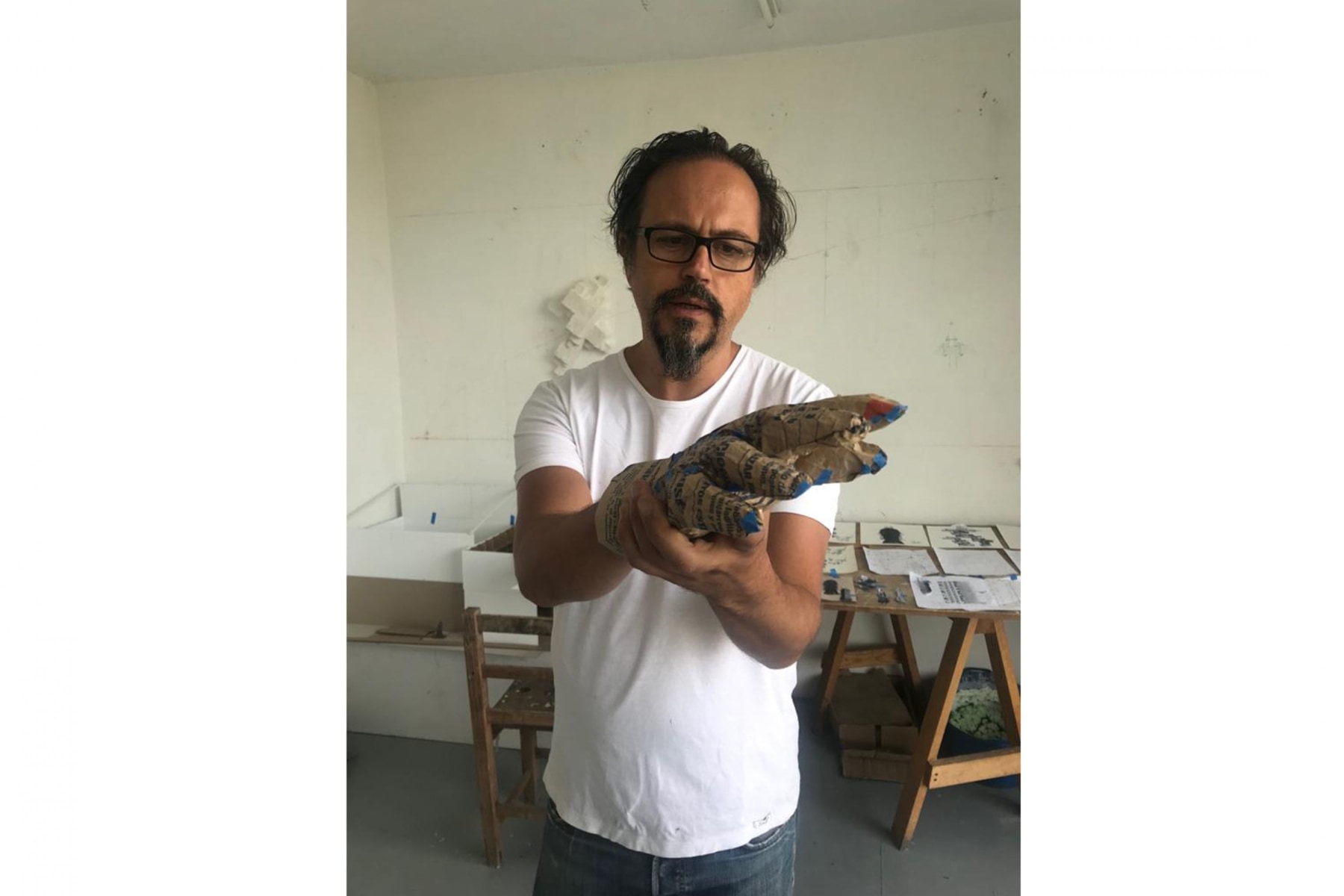
Damián Ortega in his studio
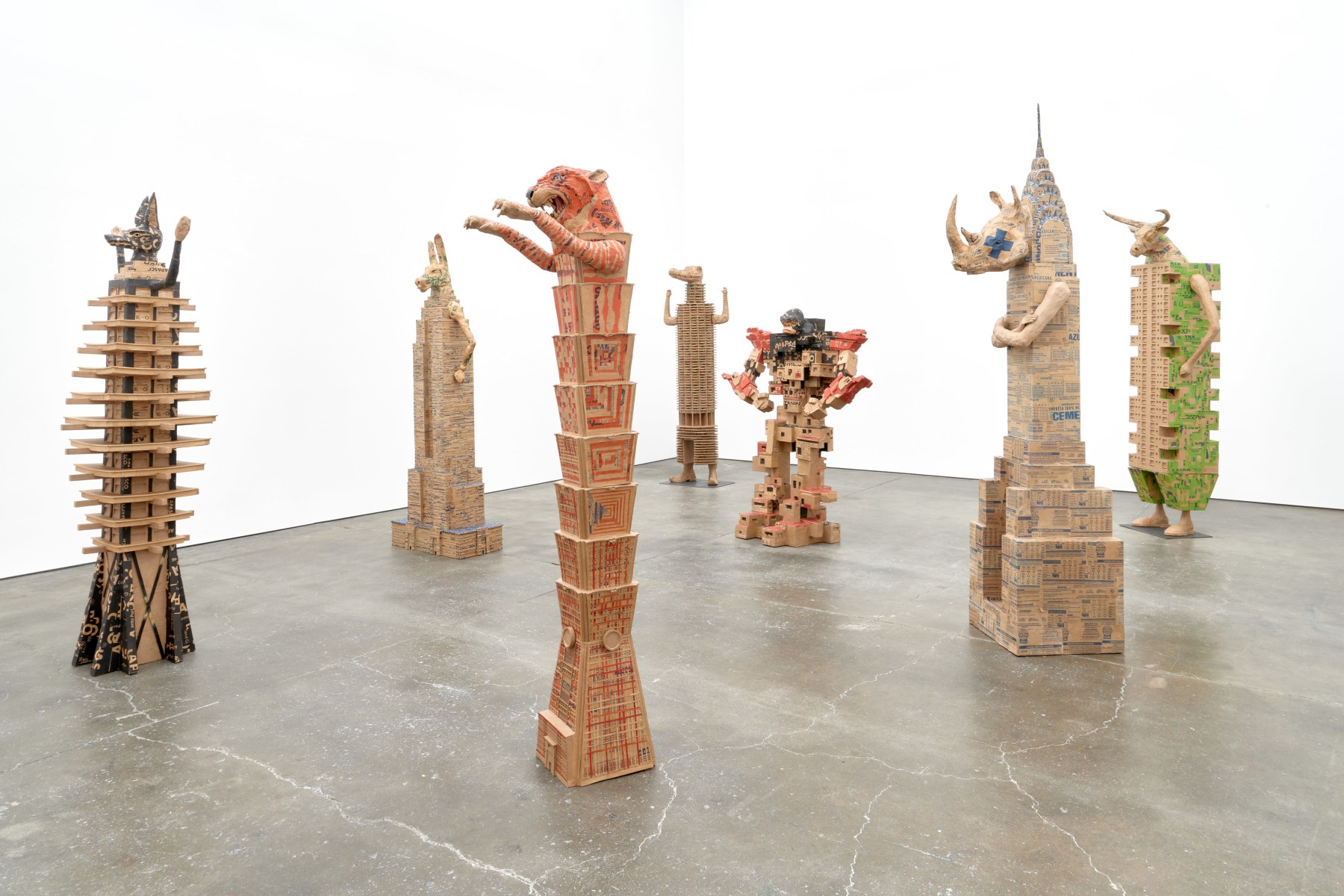
Installation view: Estridentópolis, Adrian Rosenfeld Gallery, San Francisco, November 2019 - January 2020

